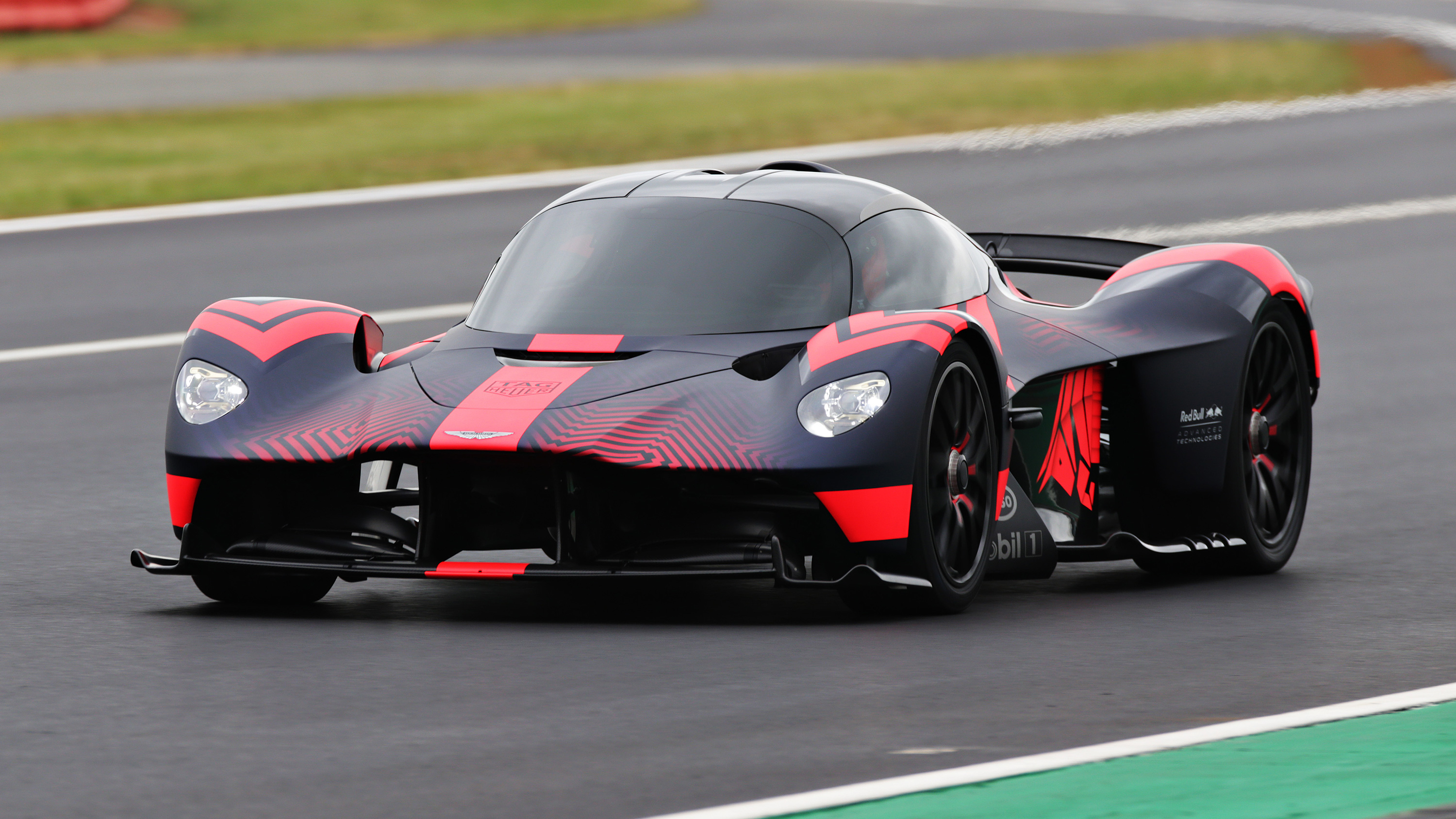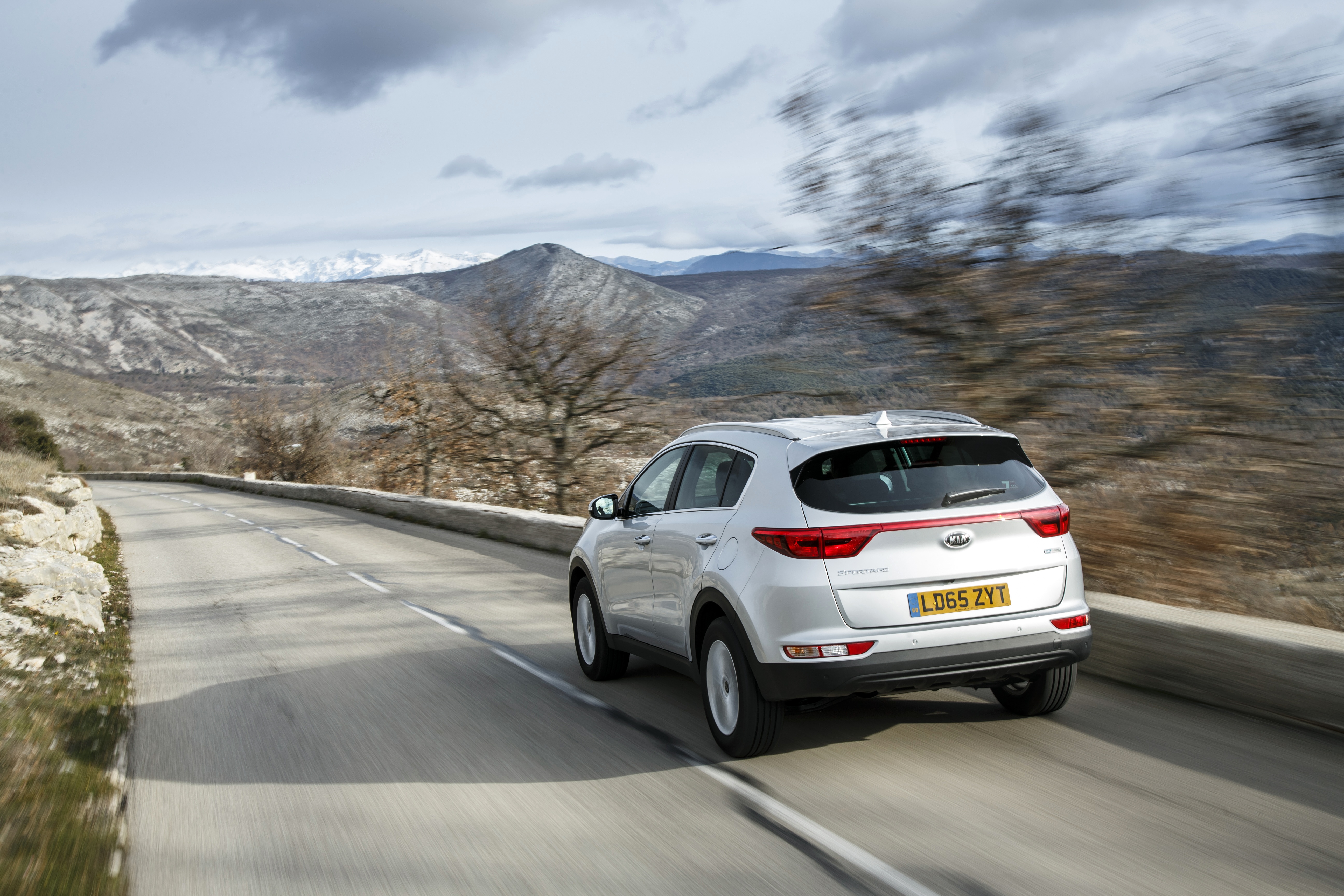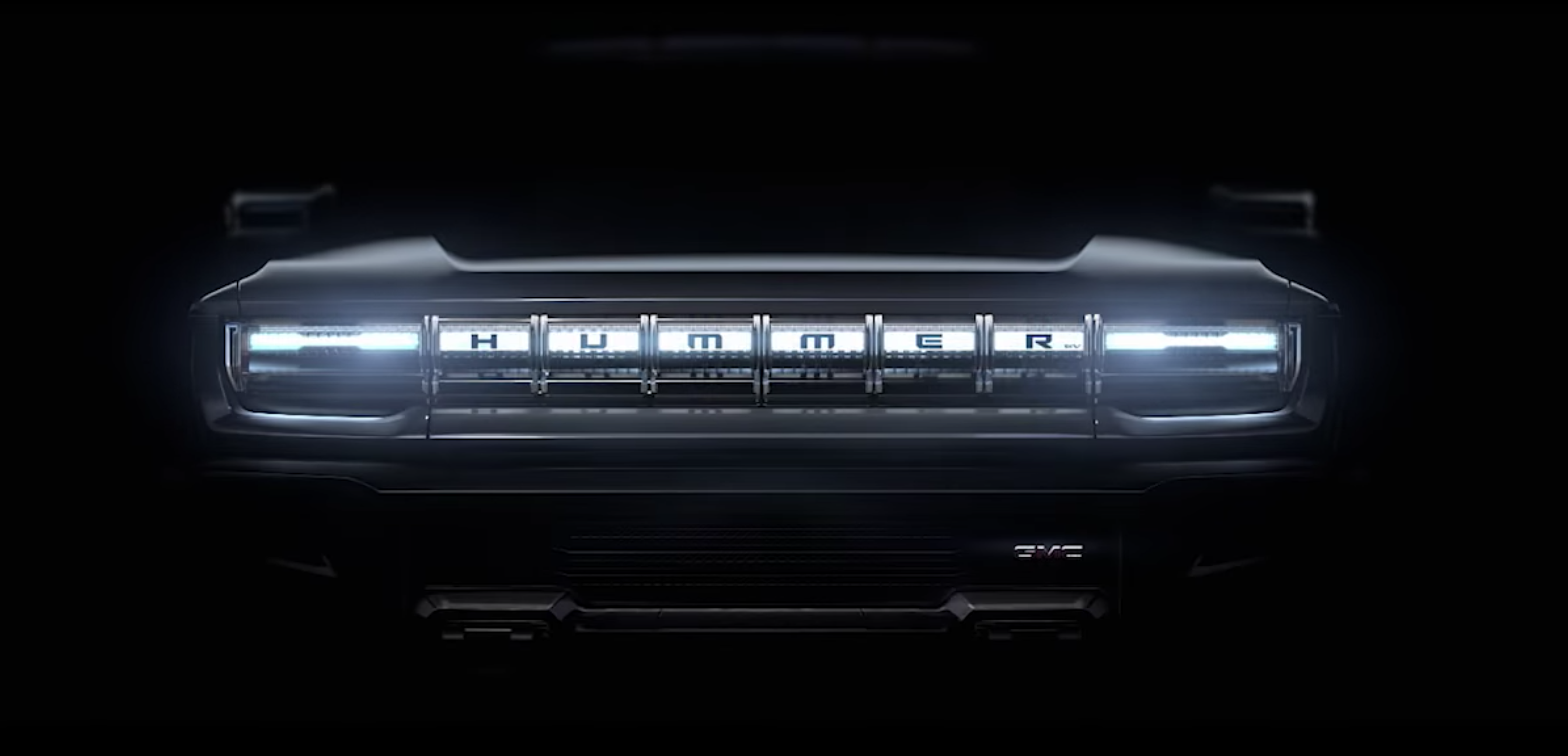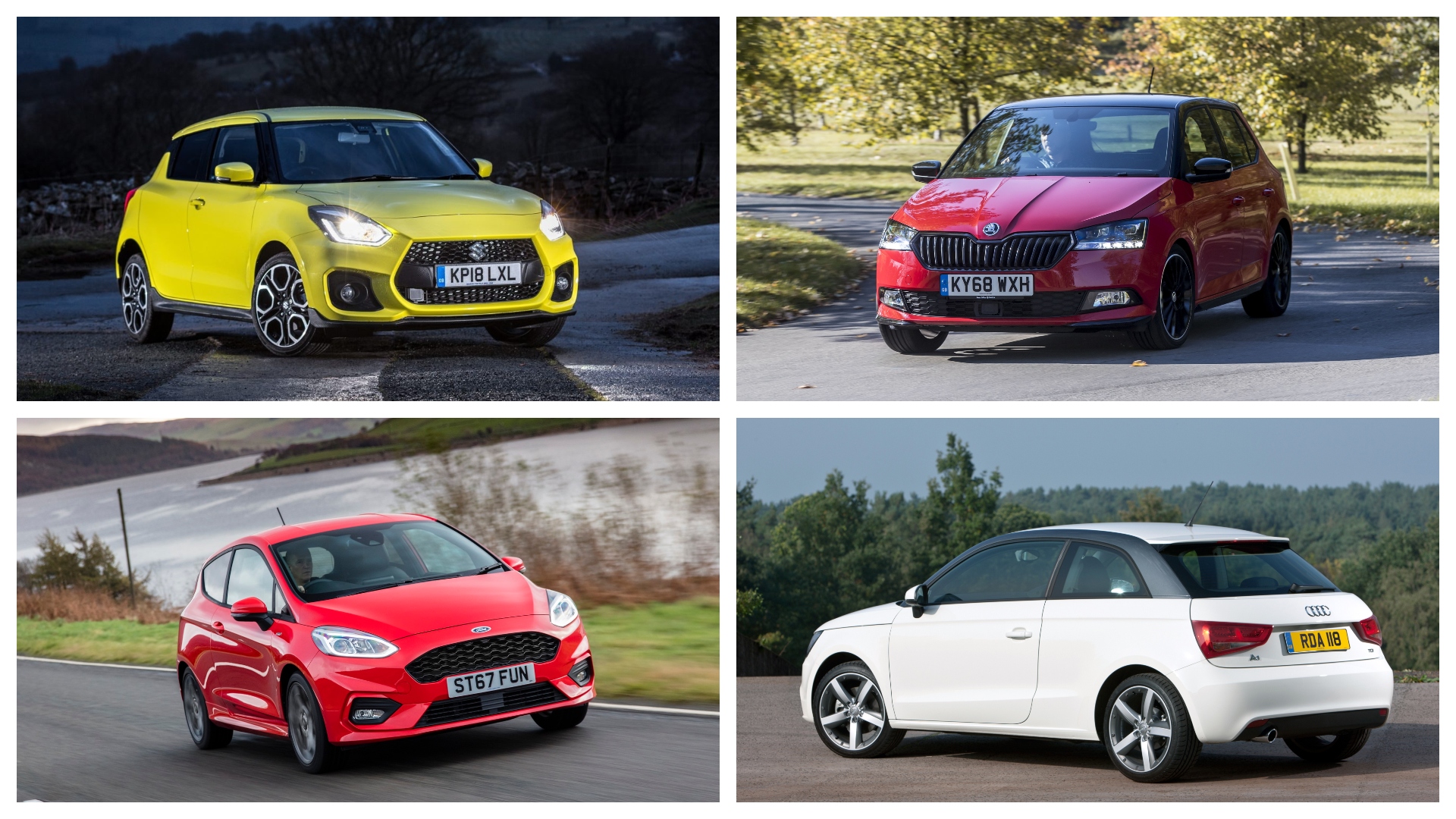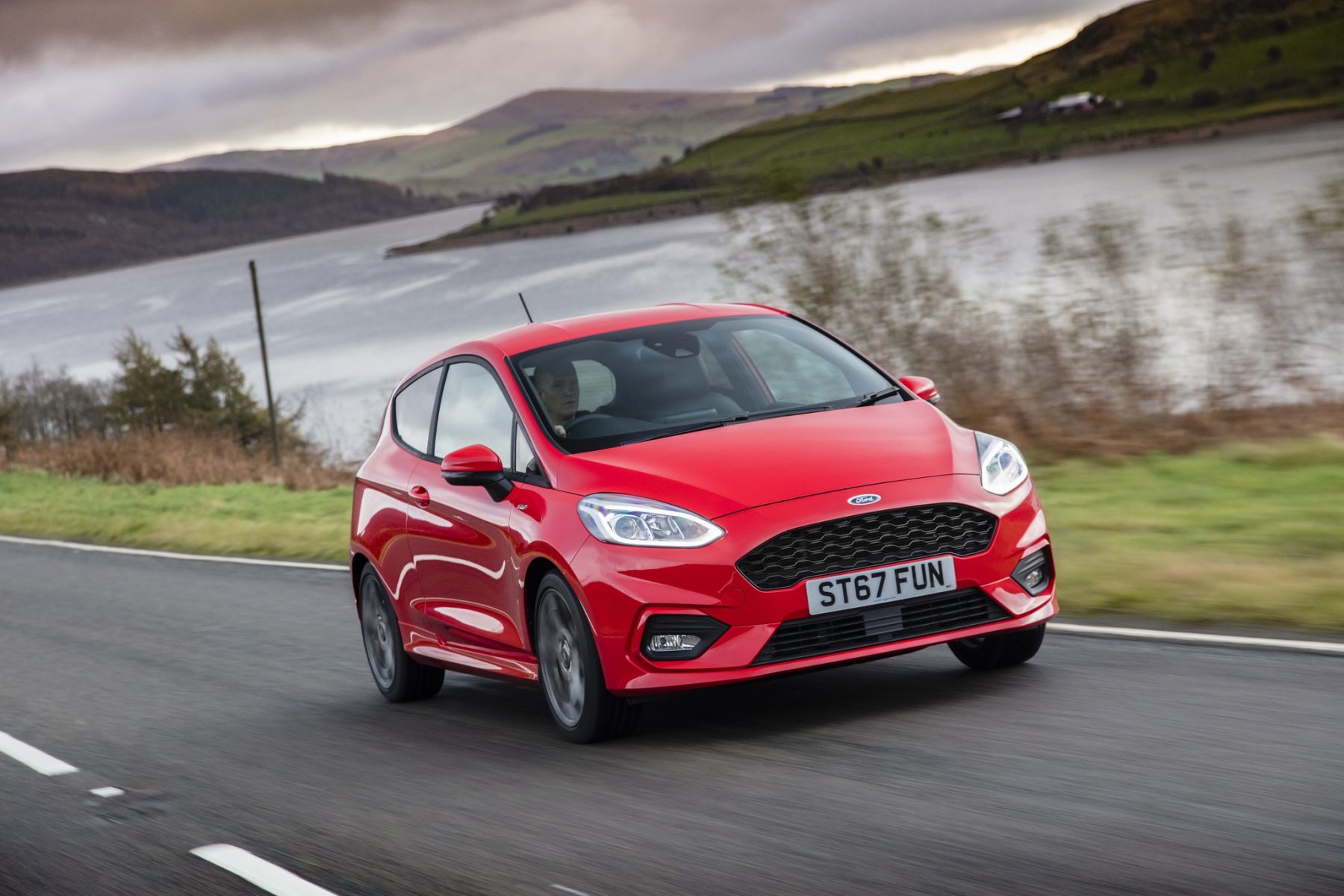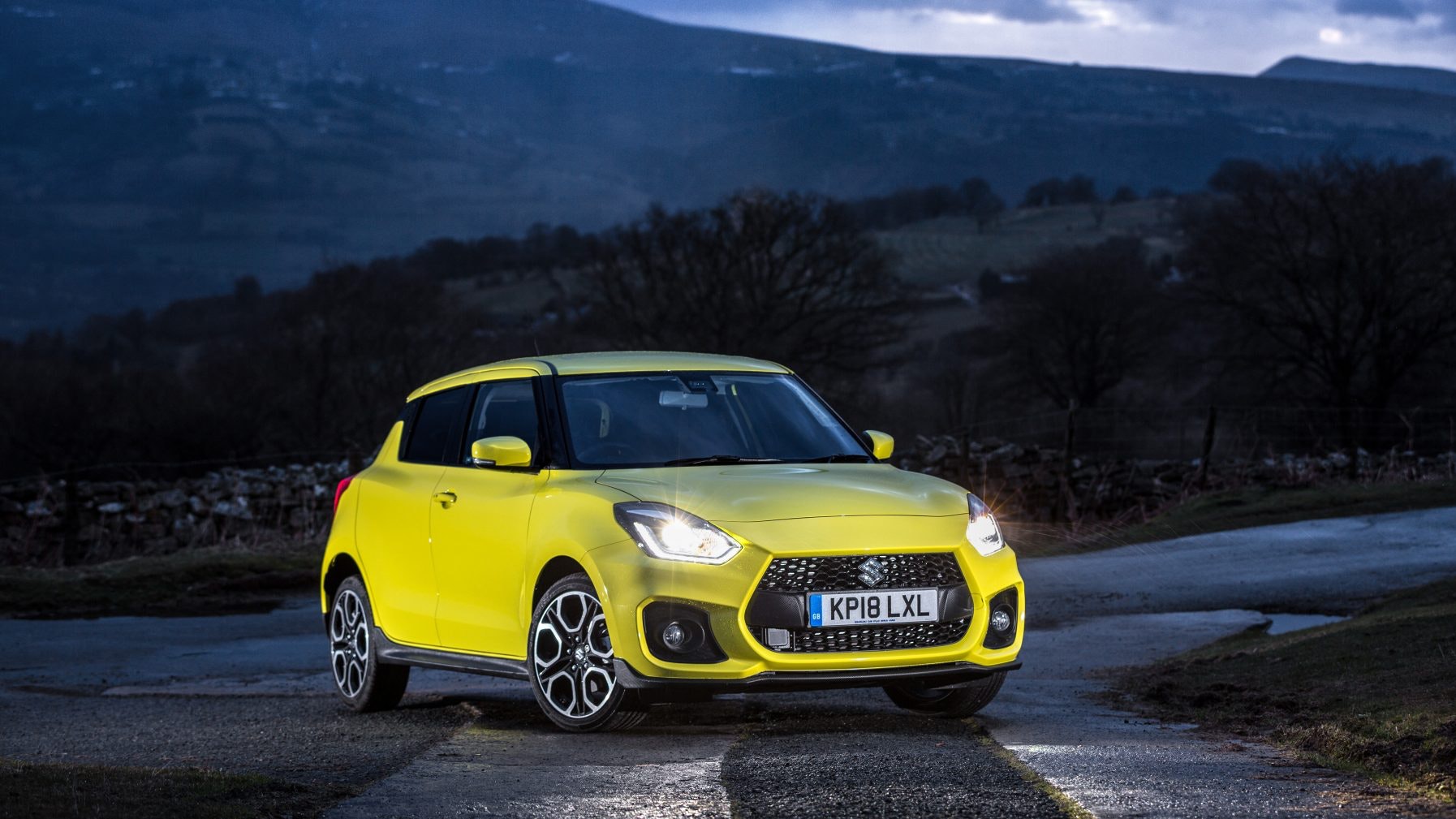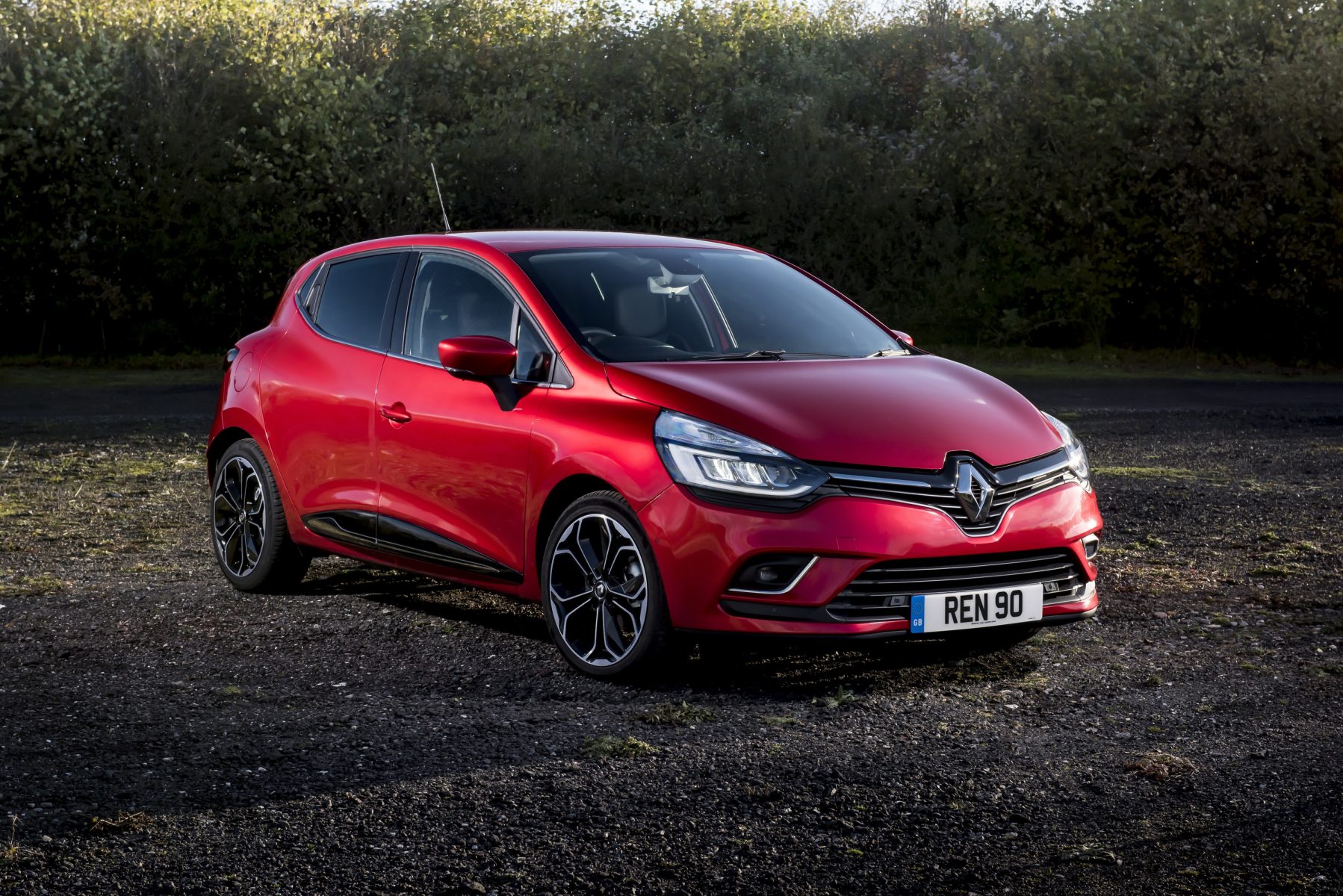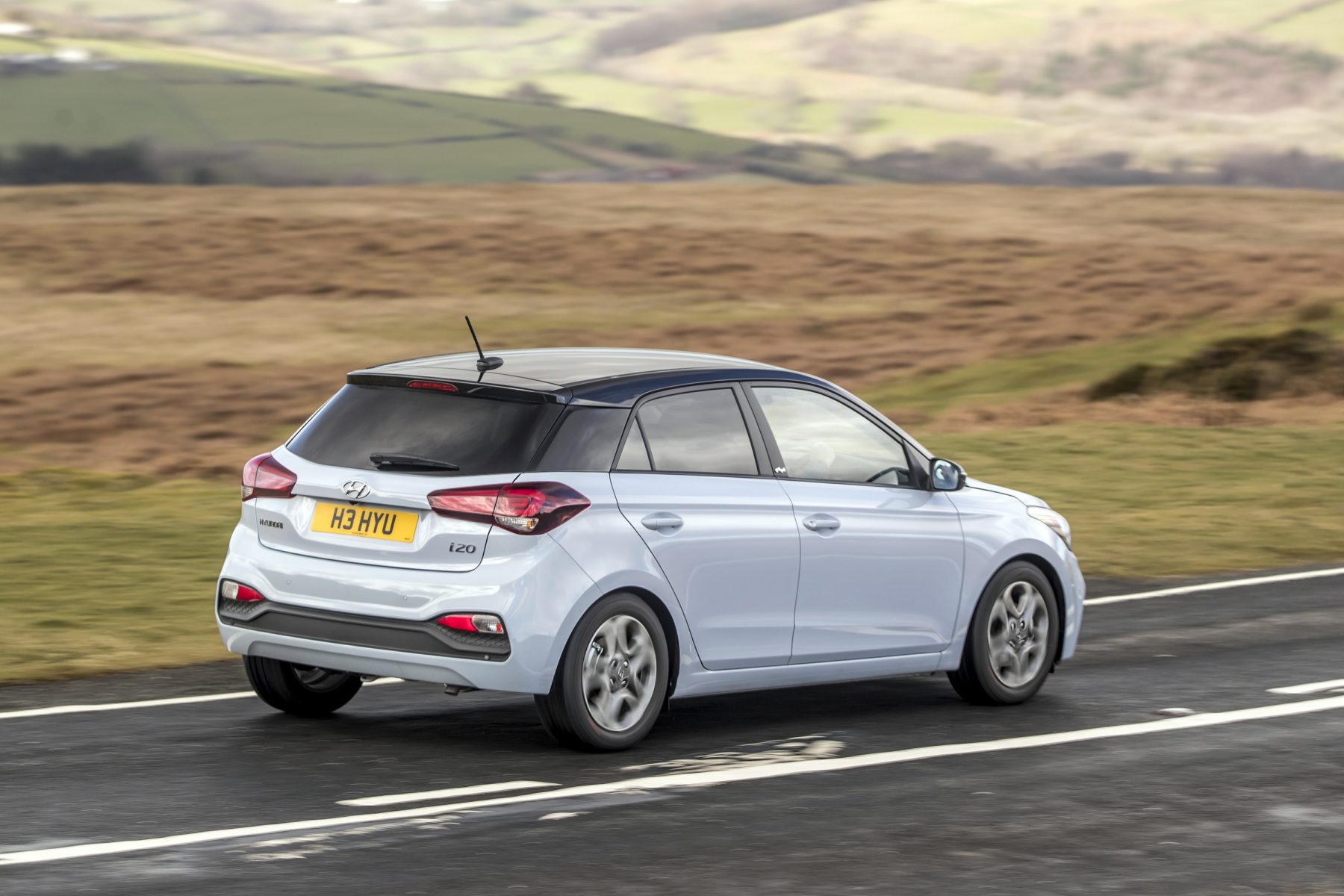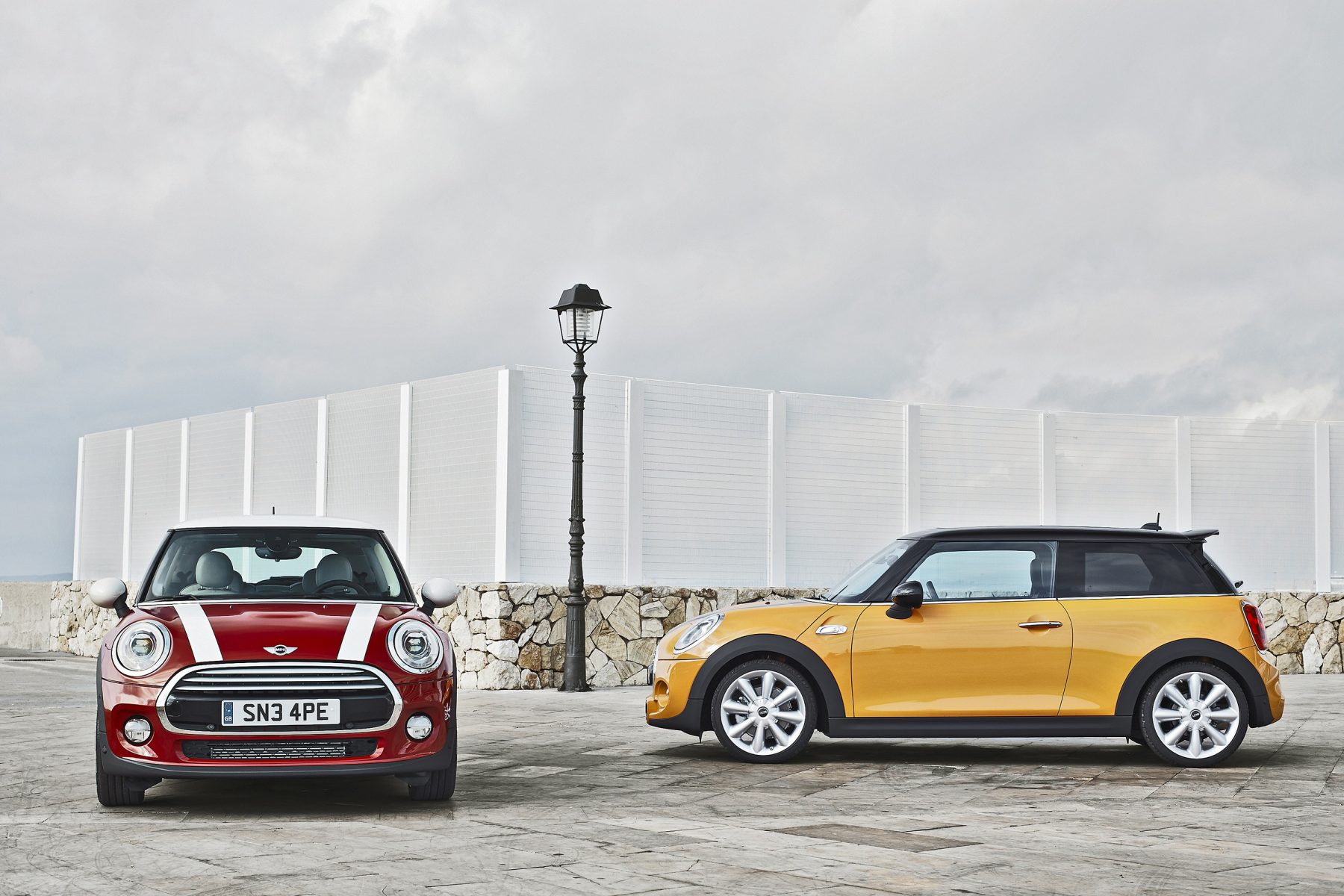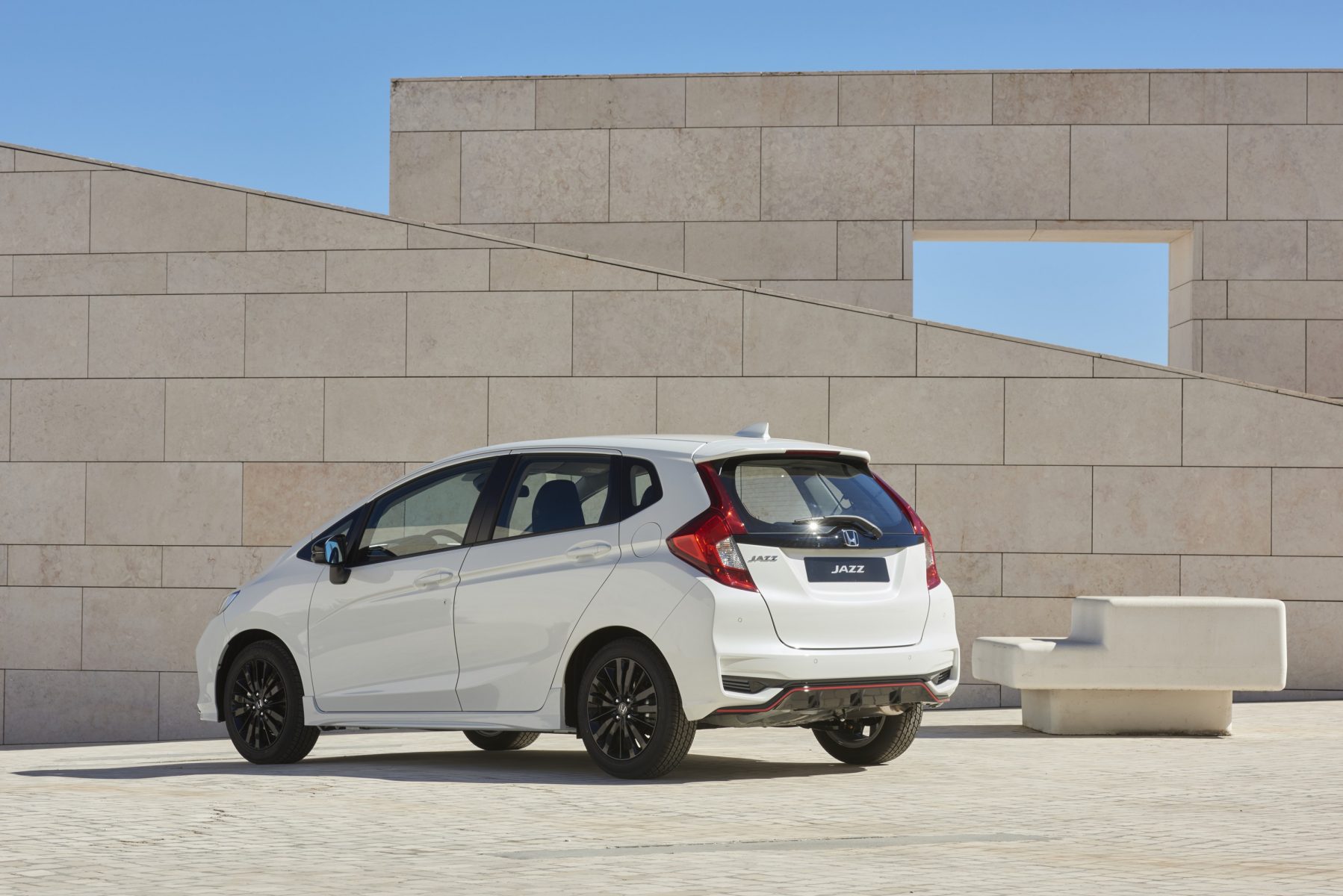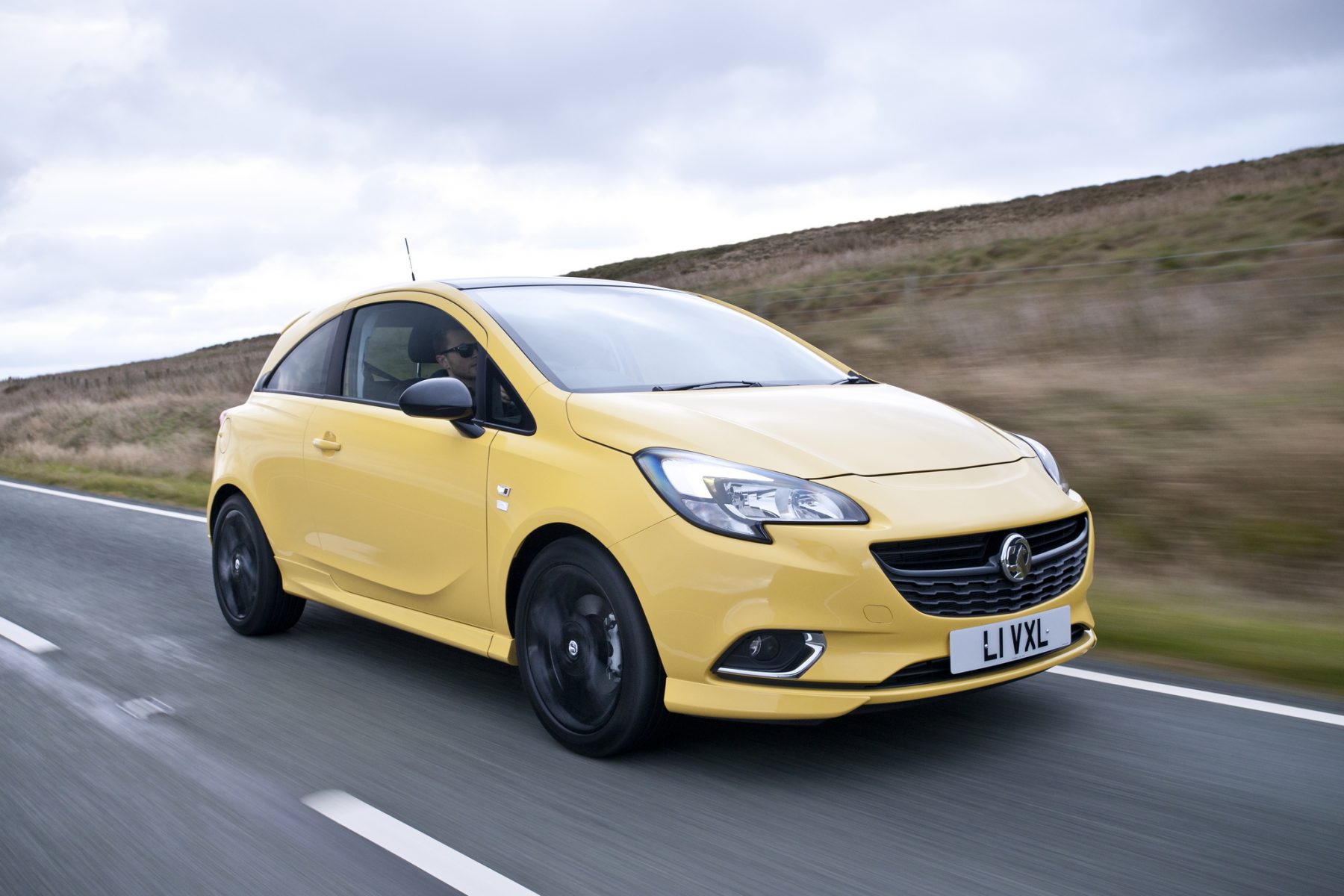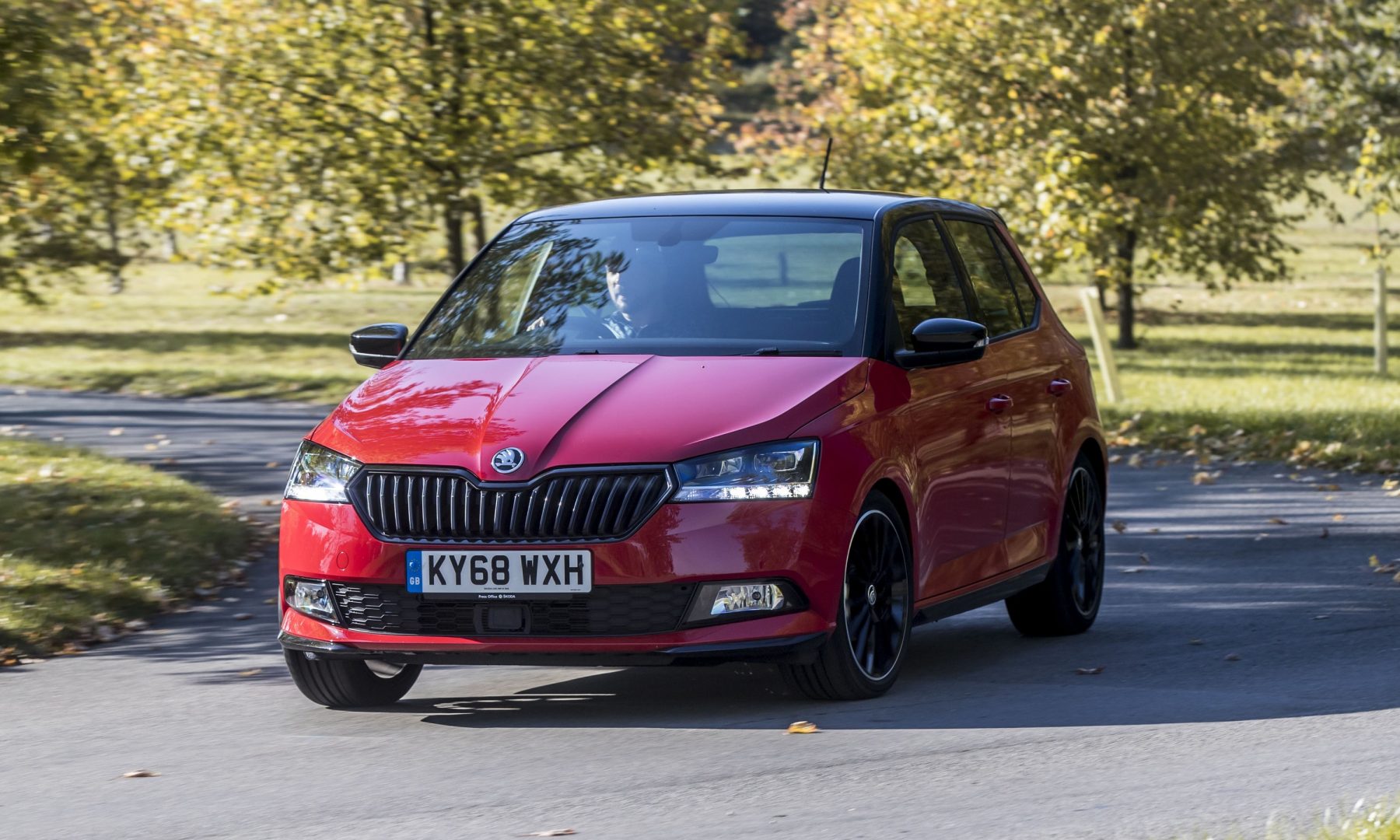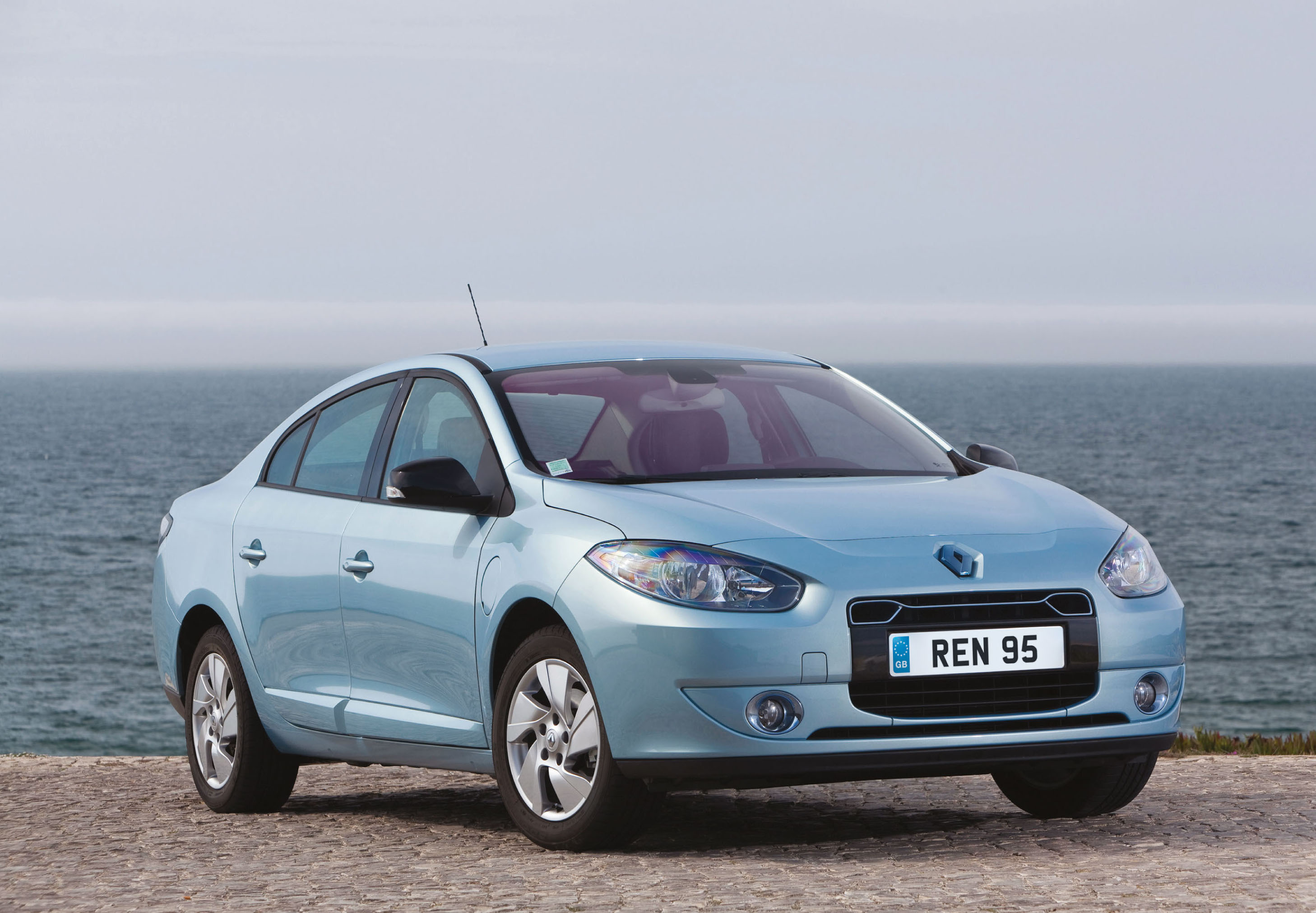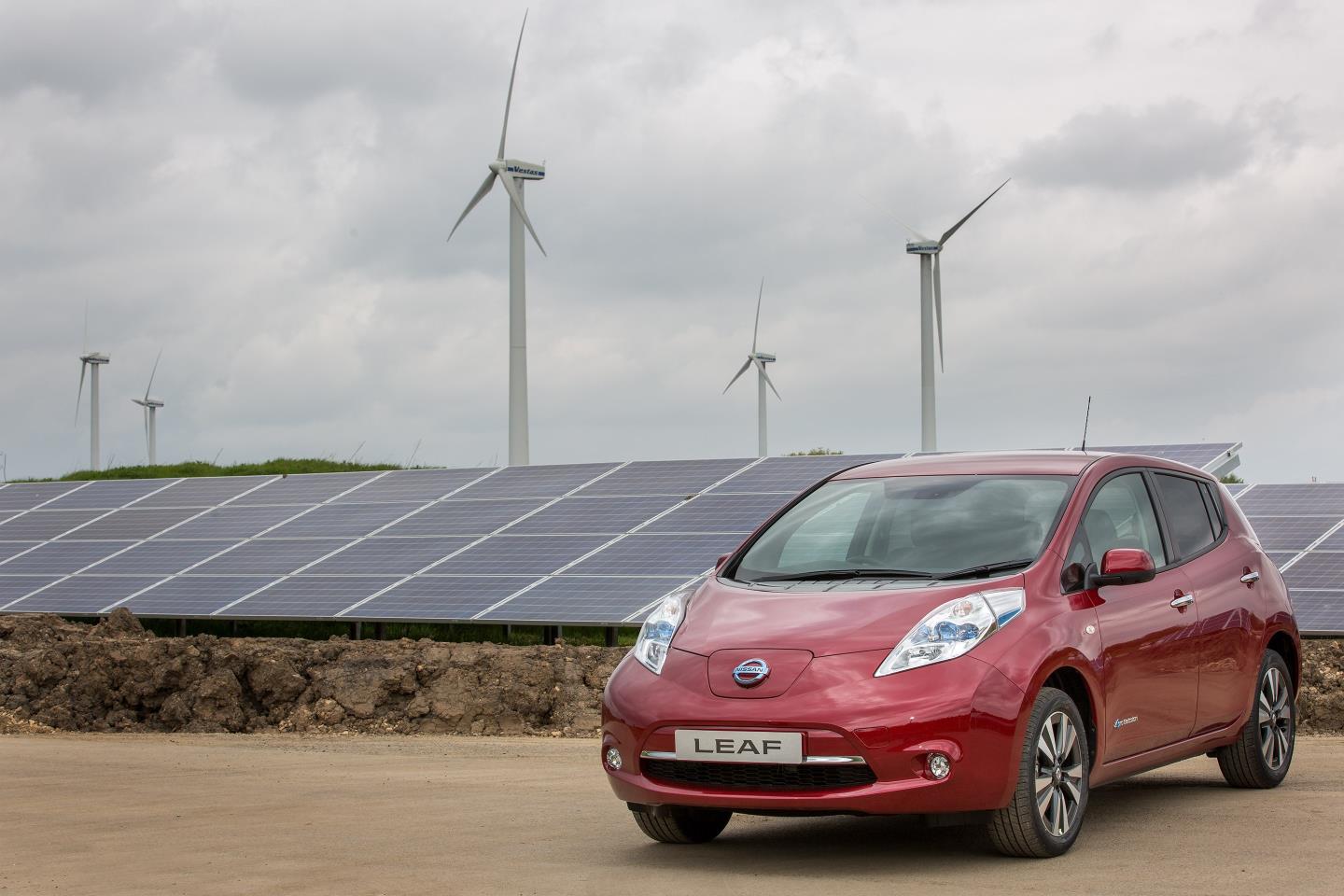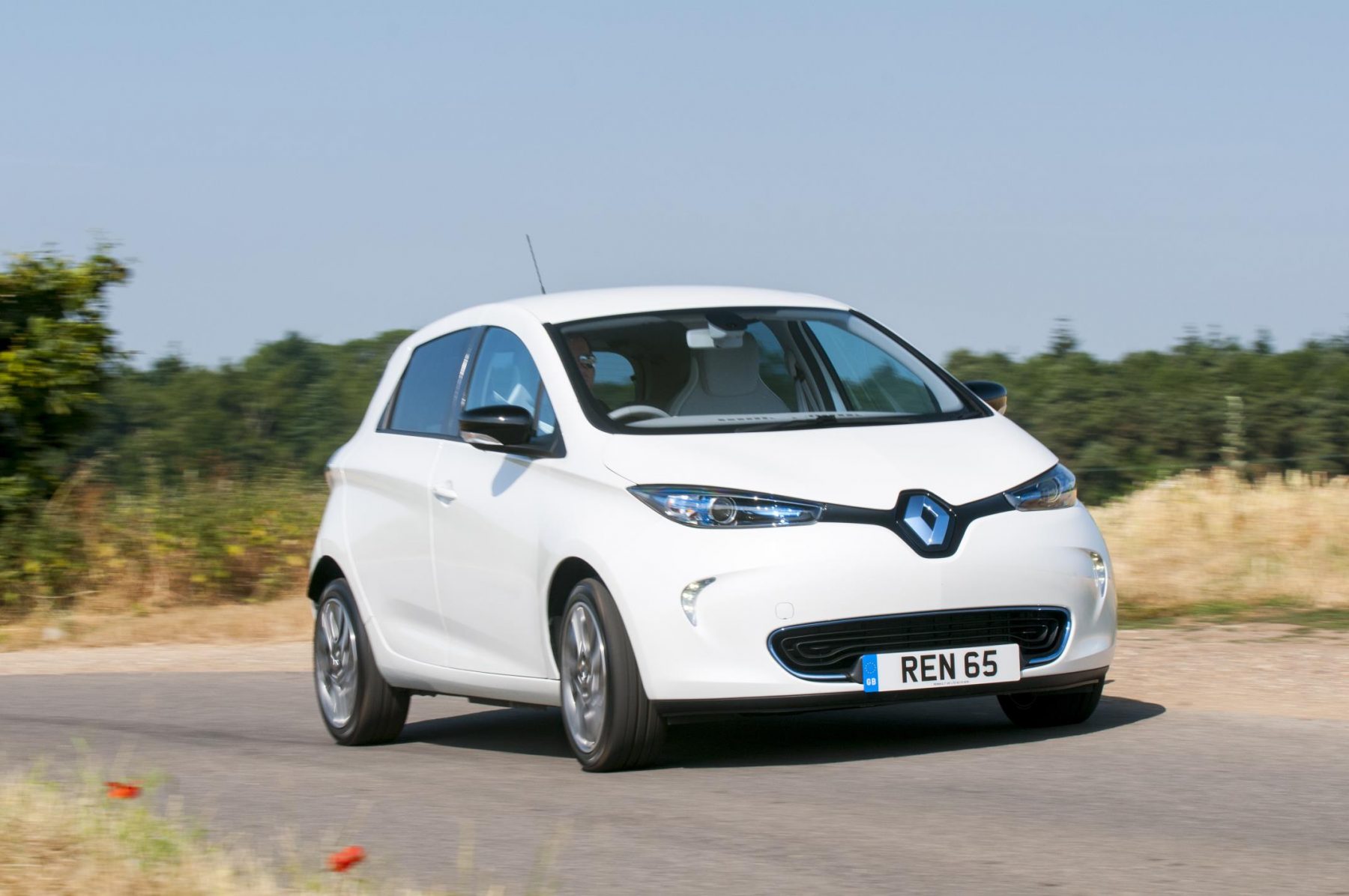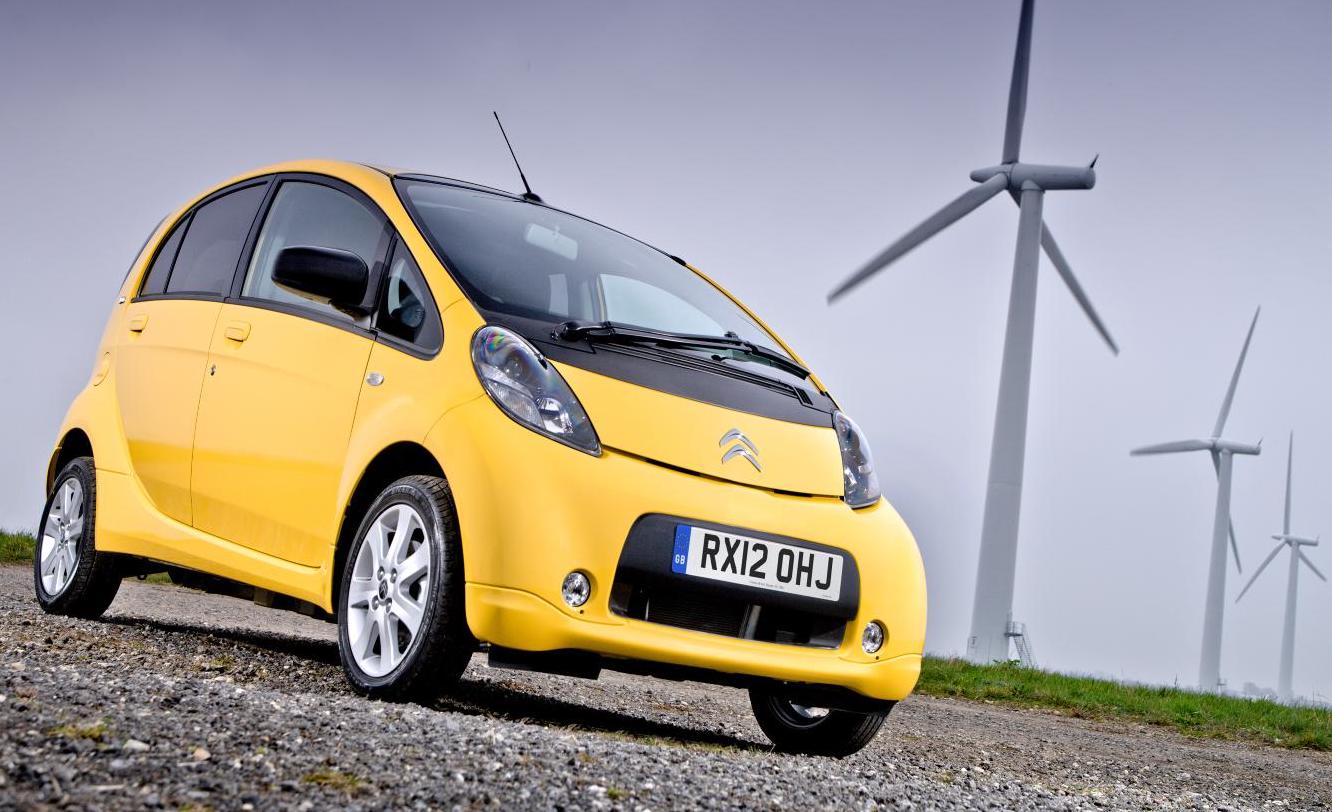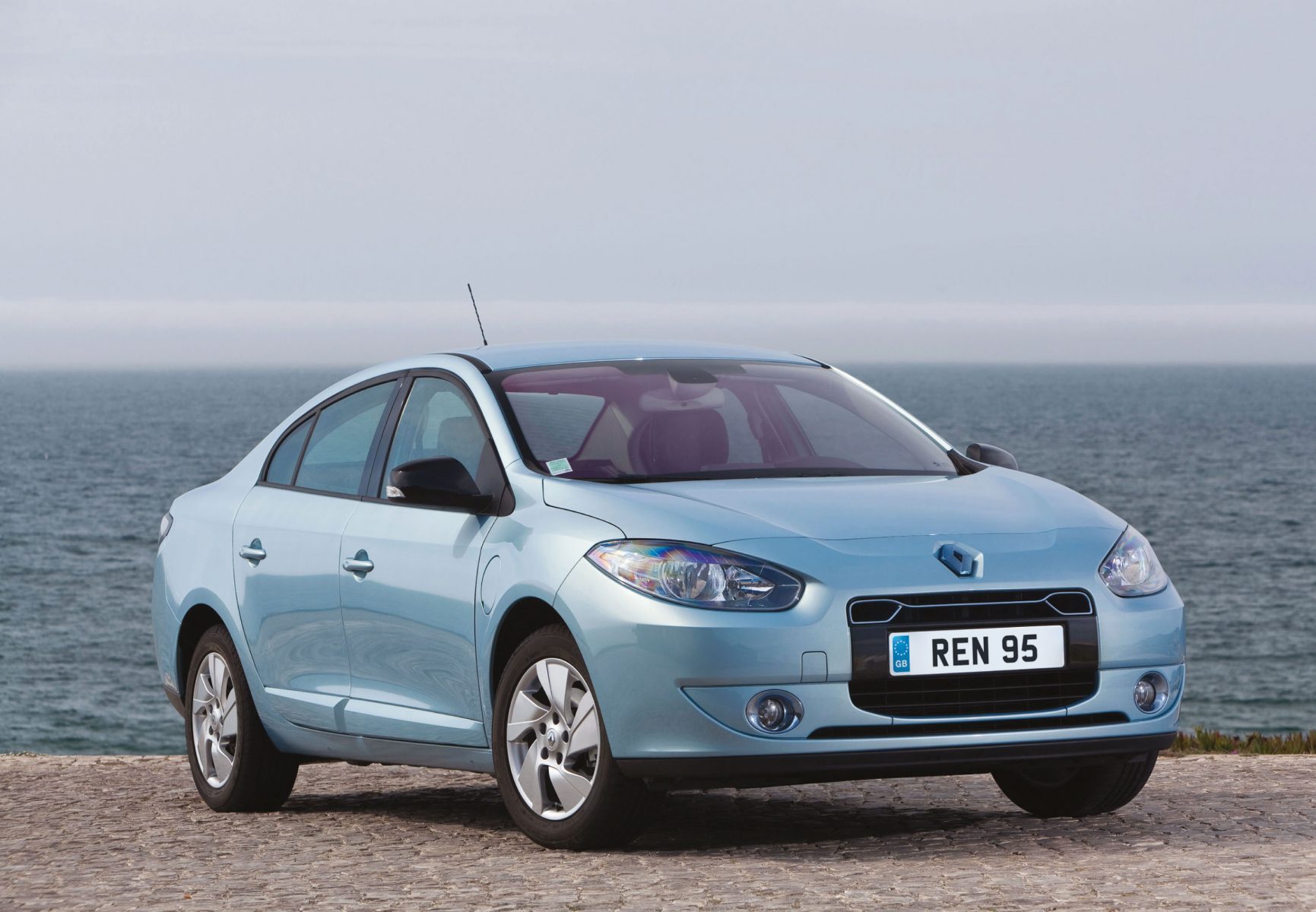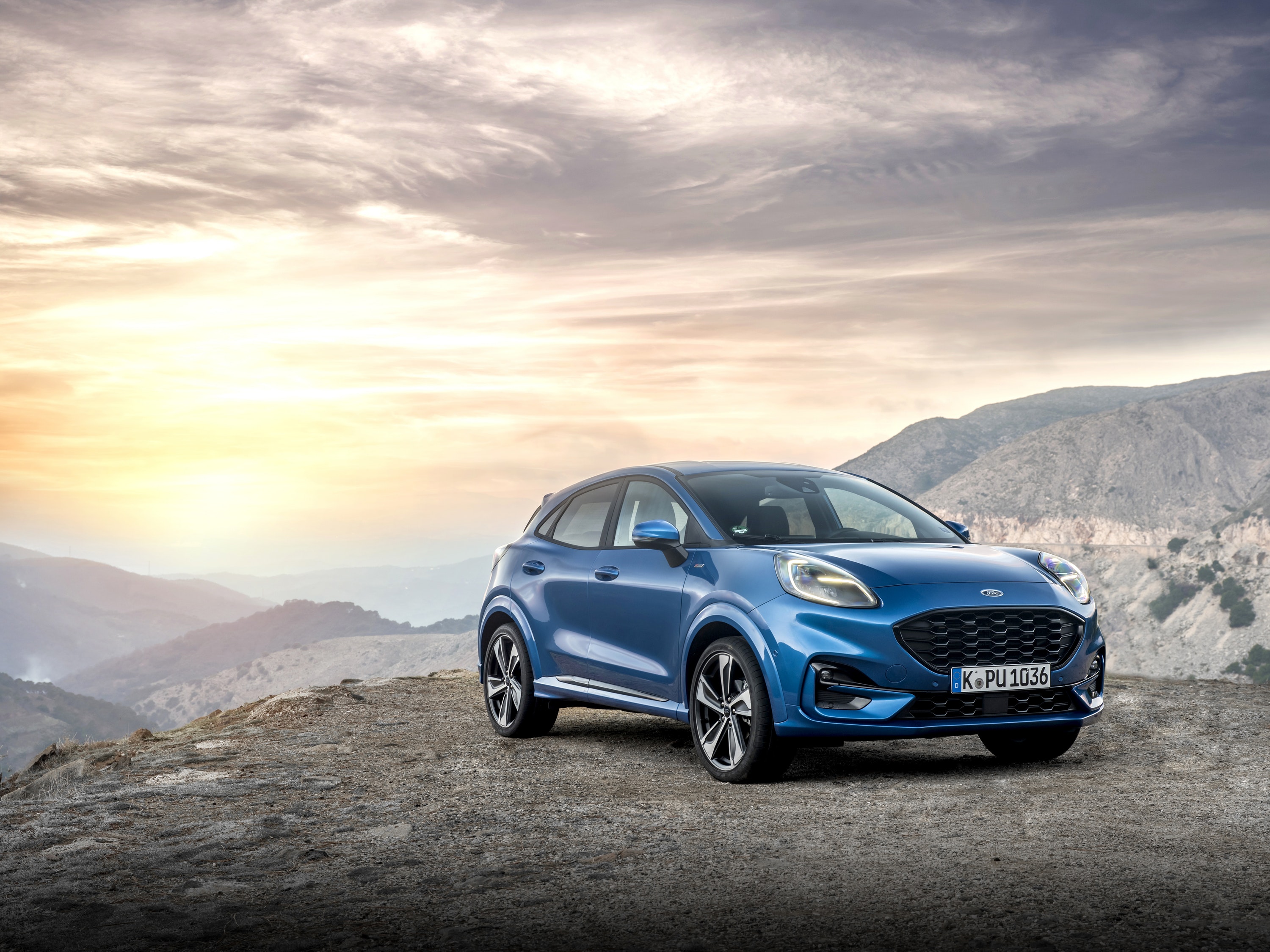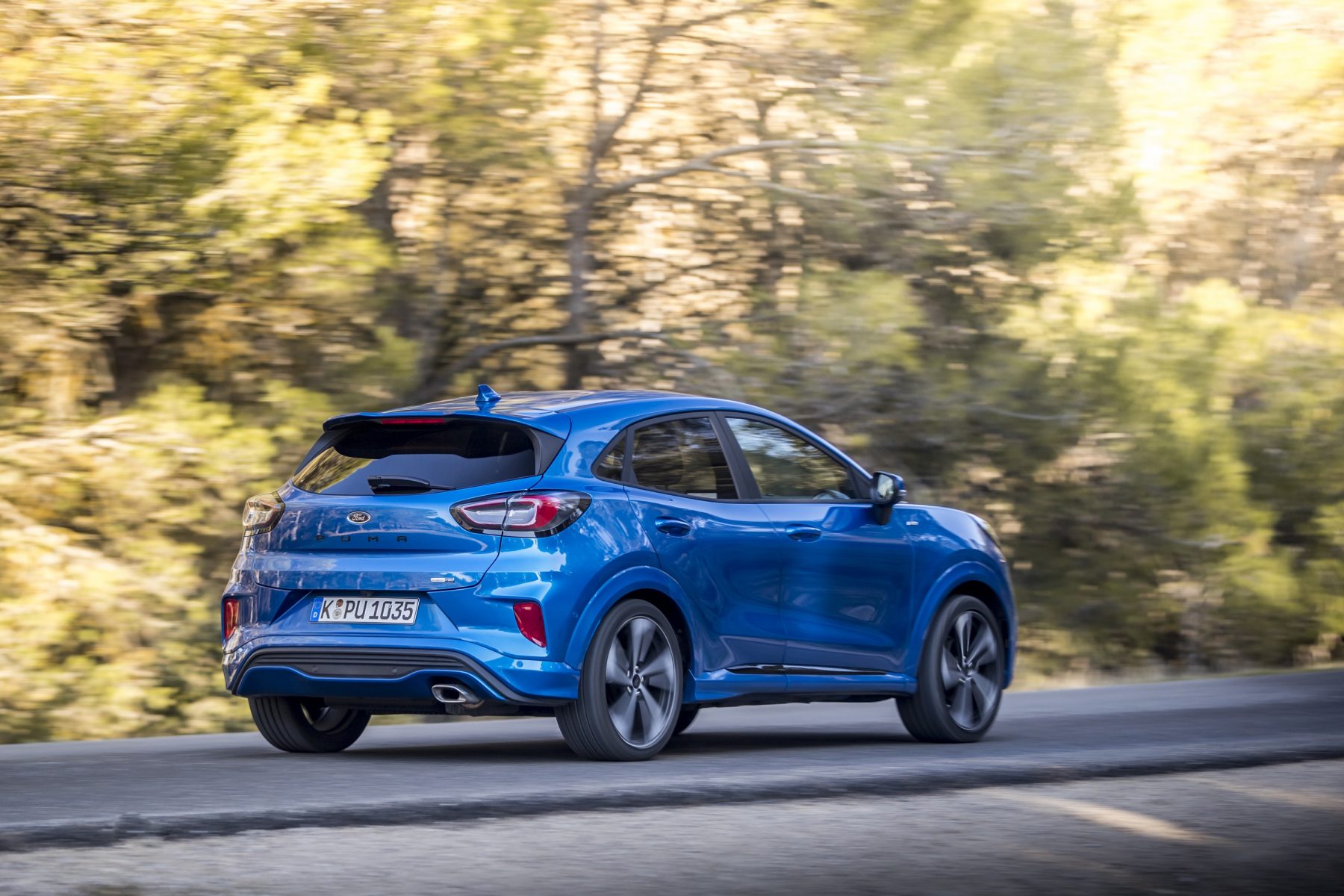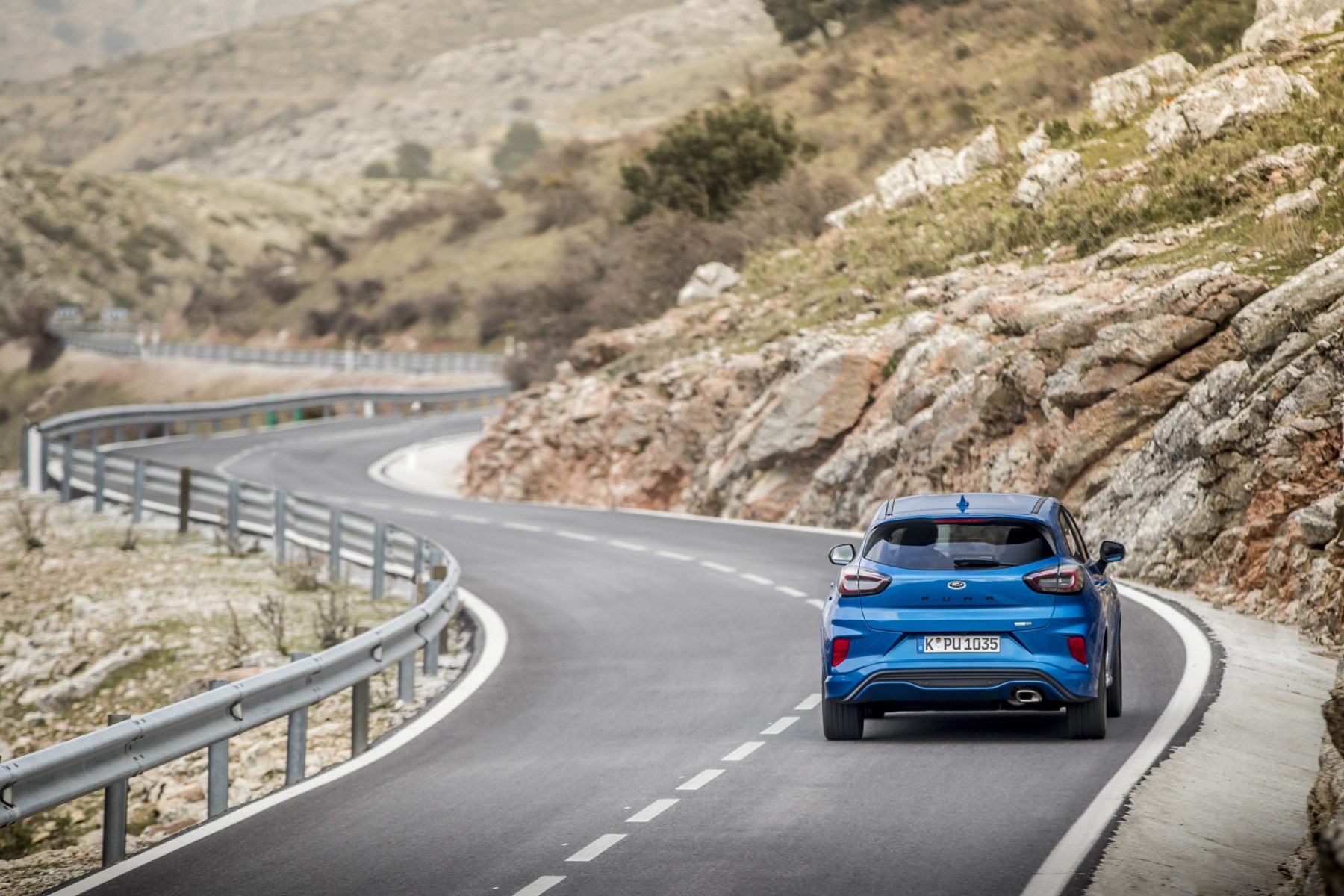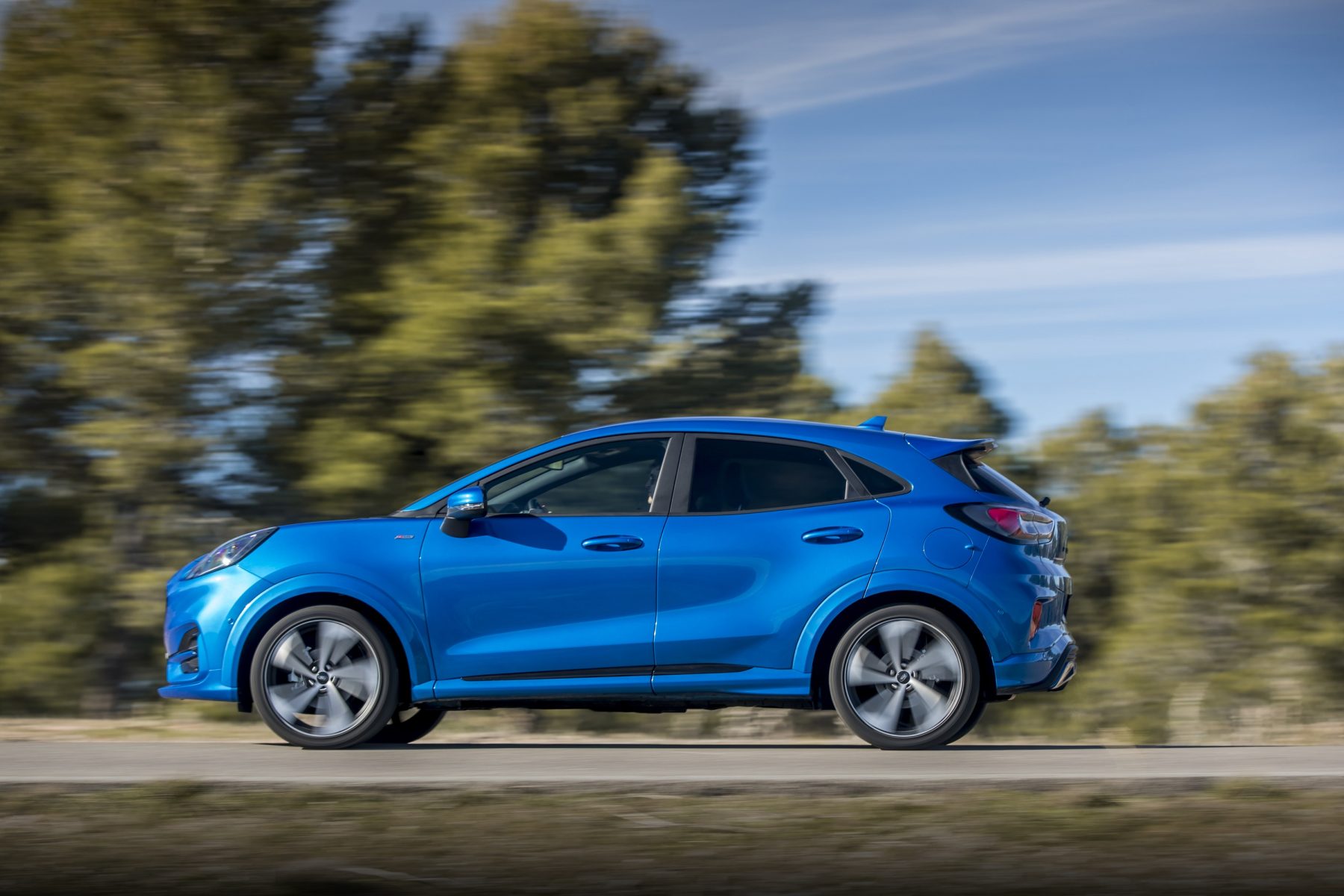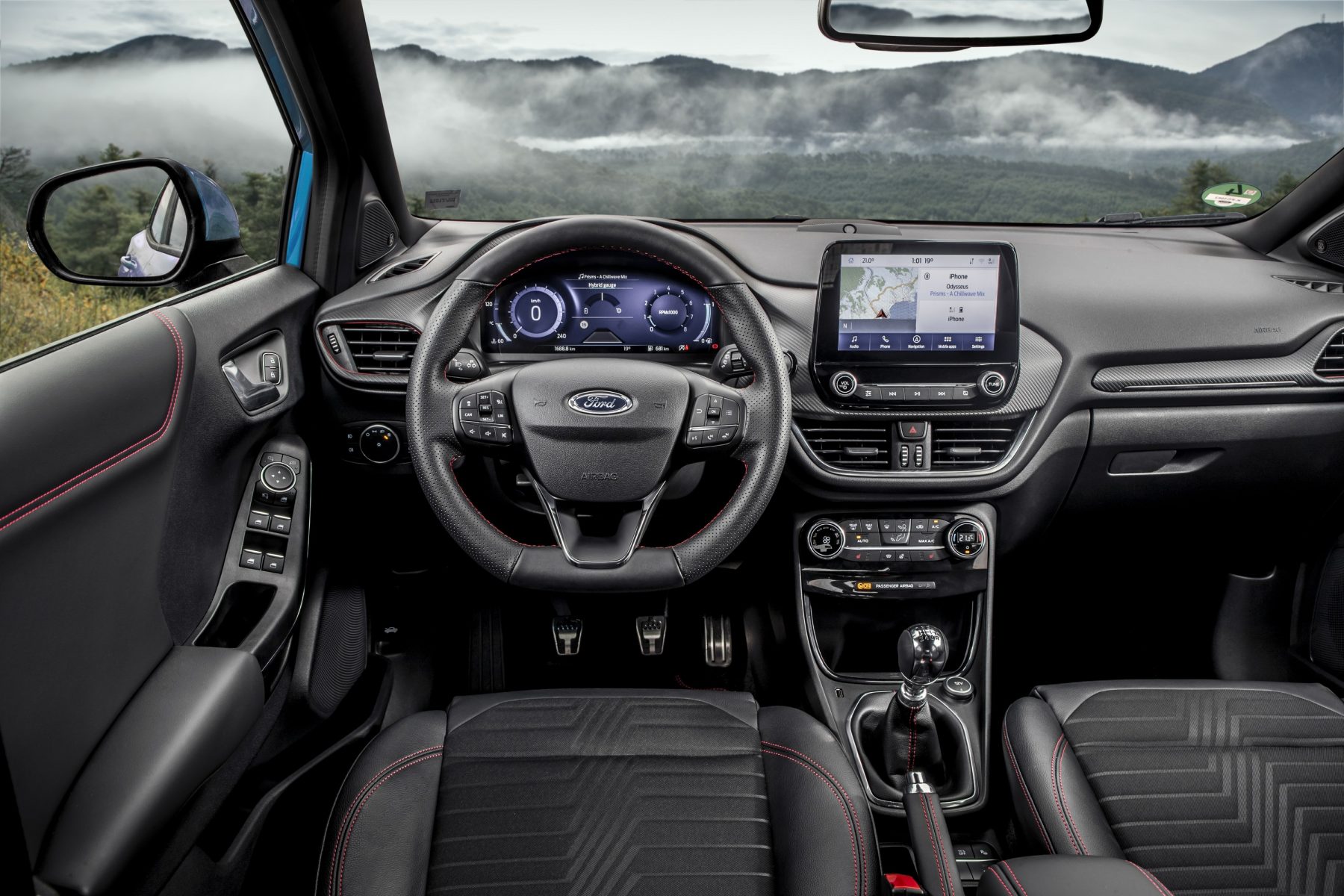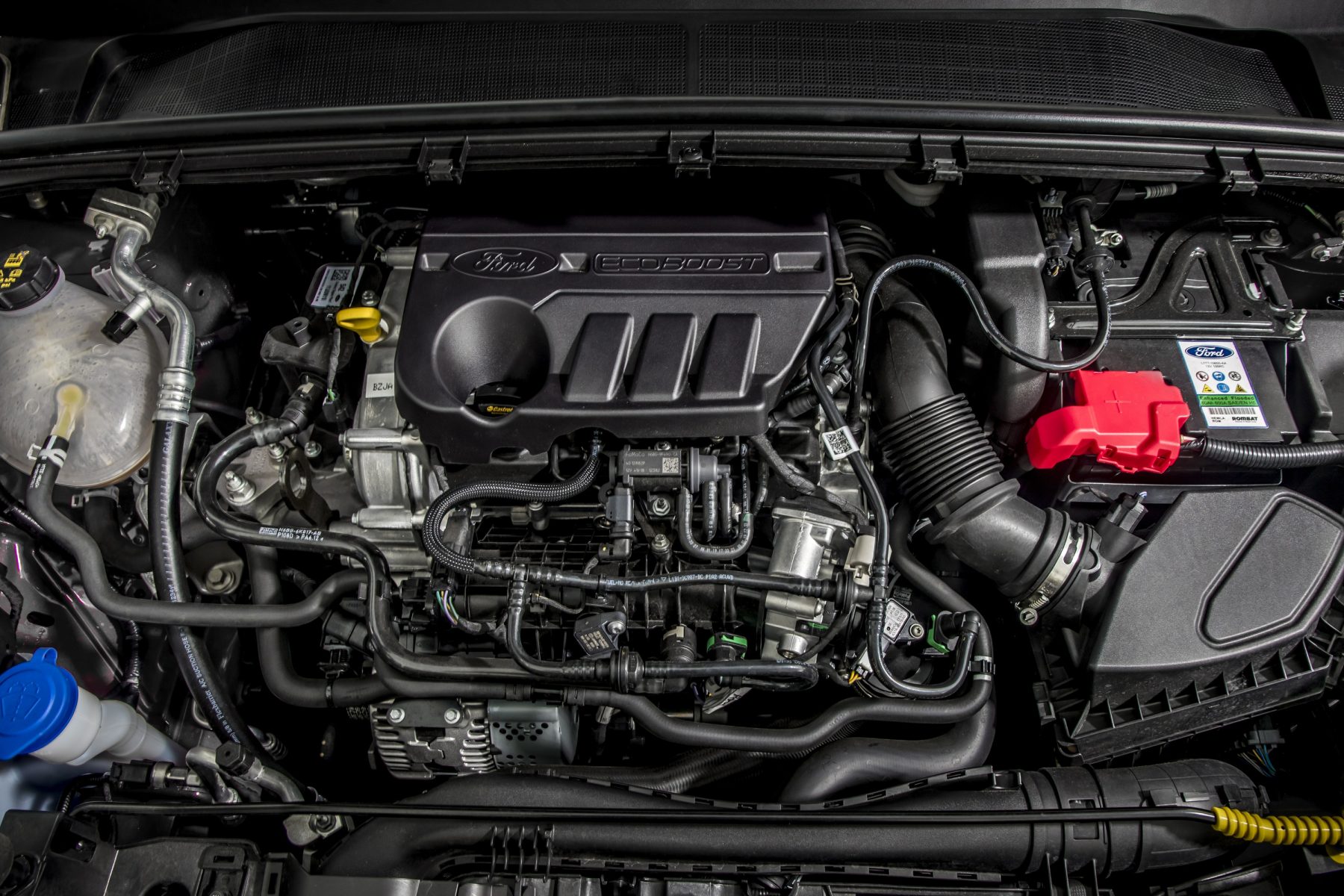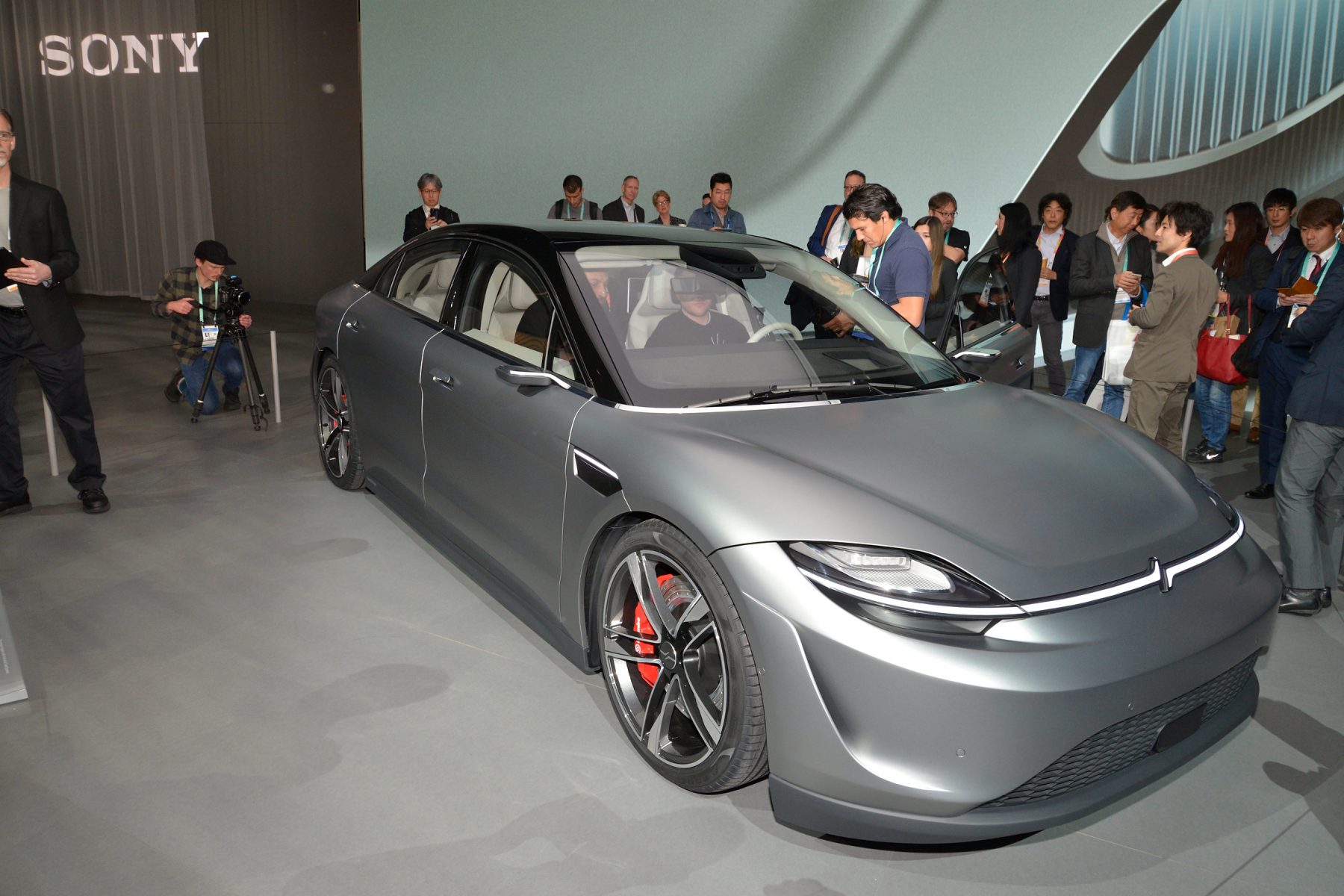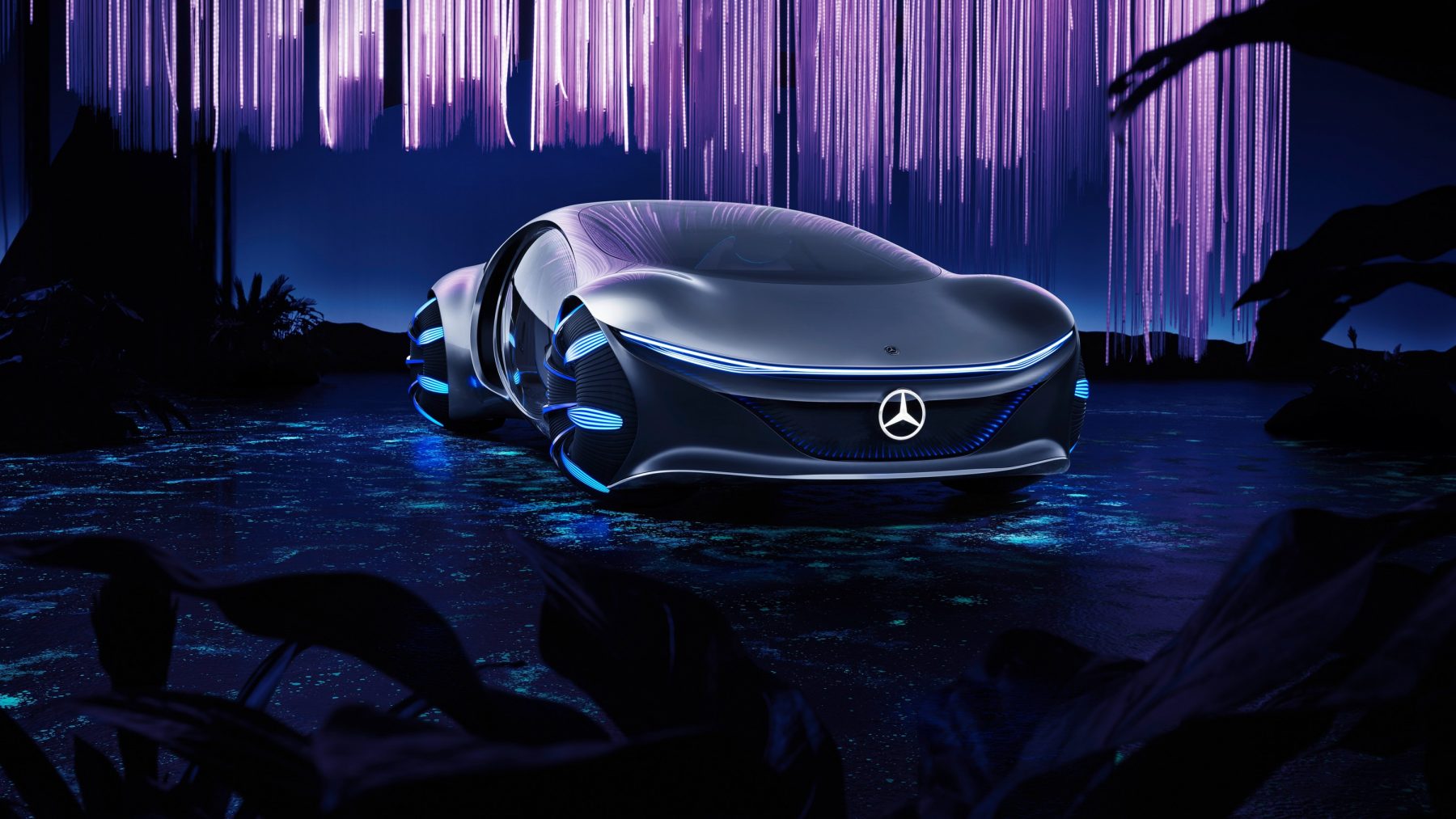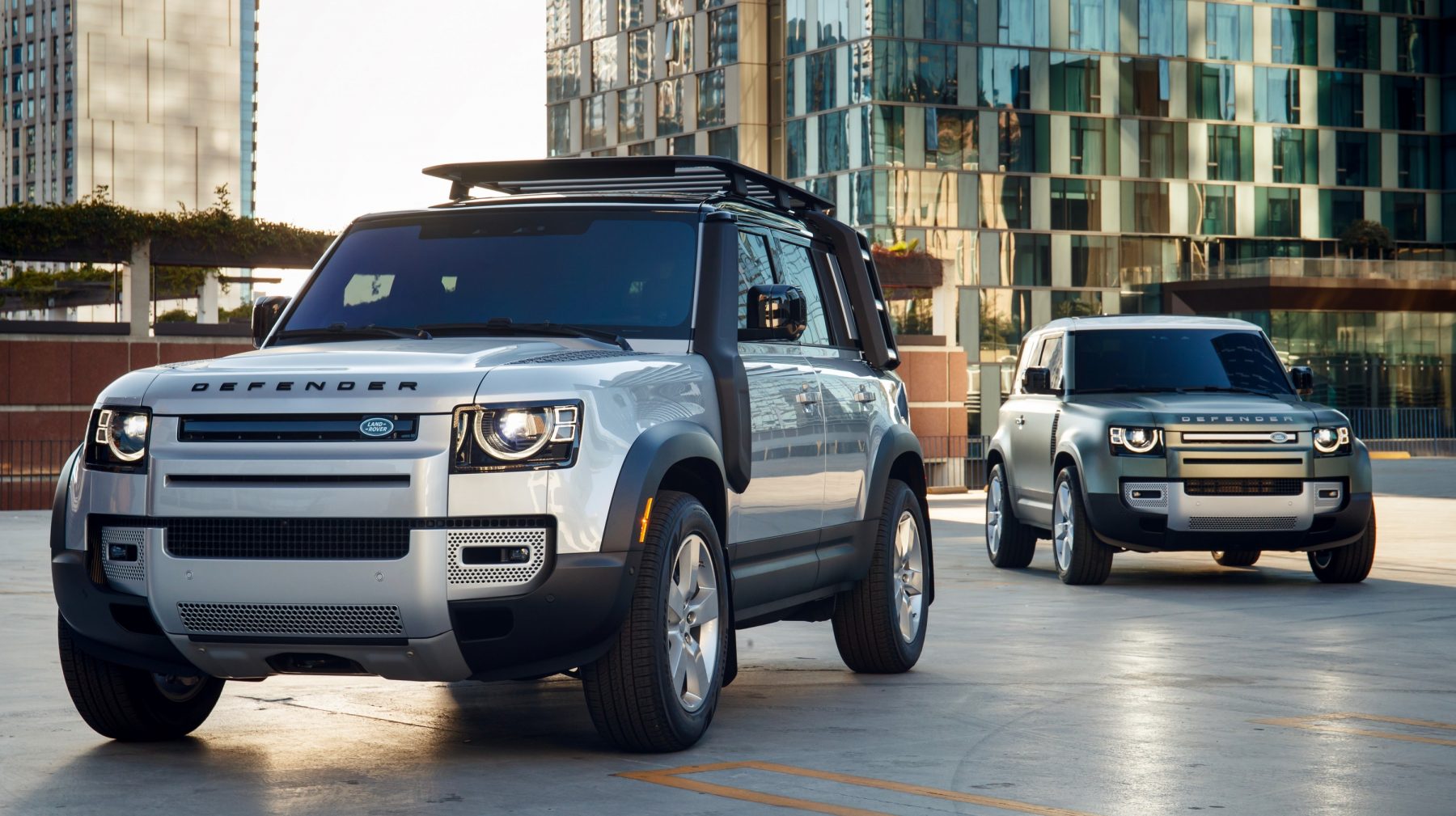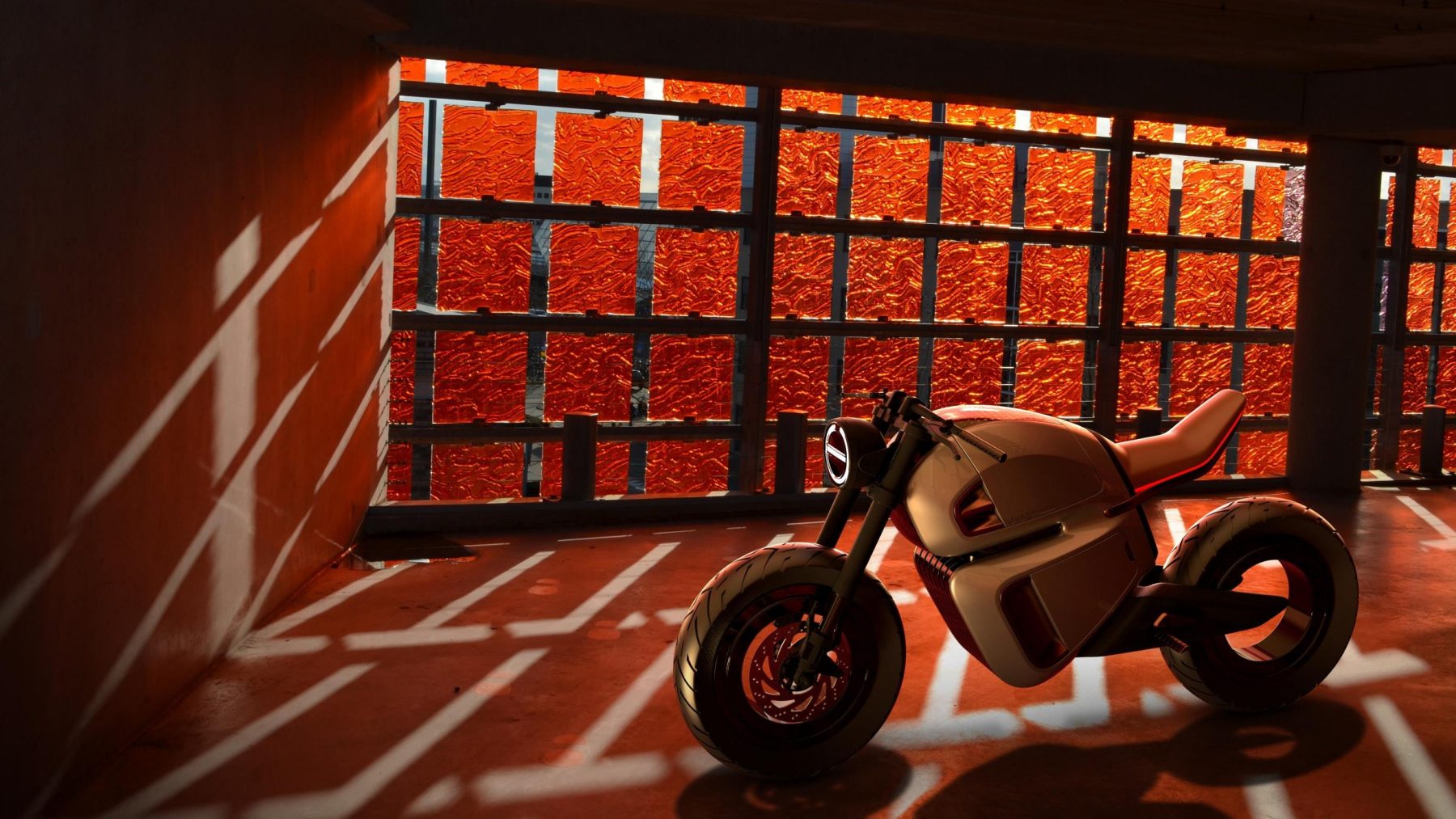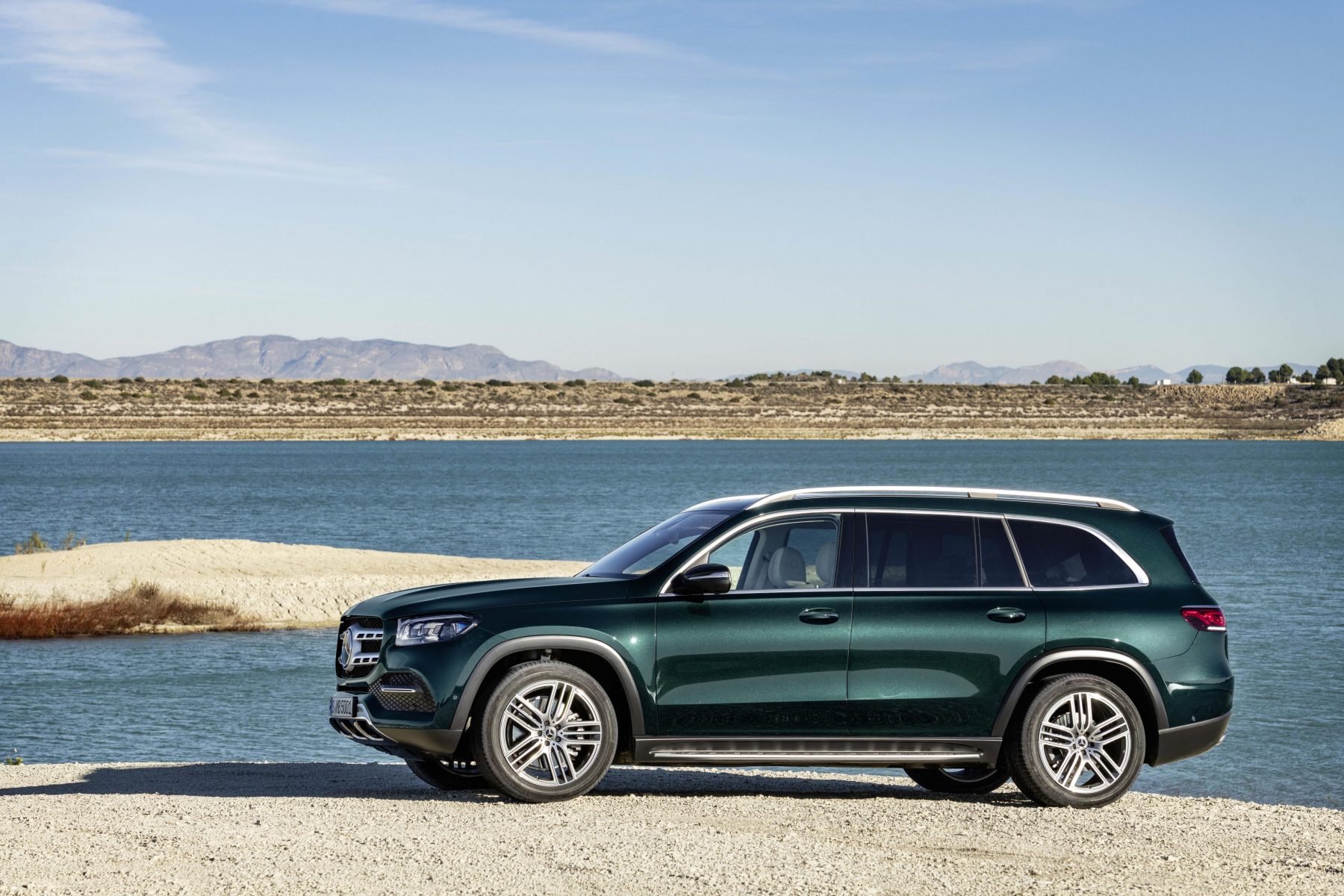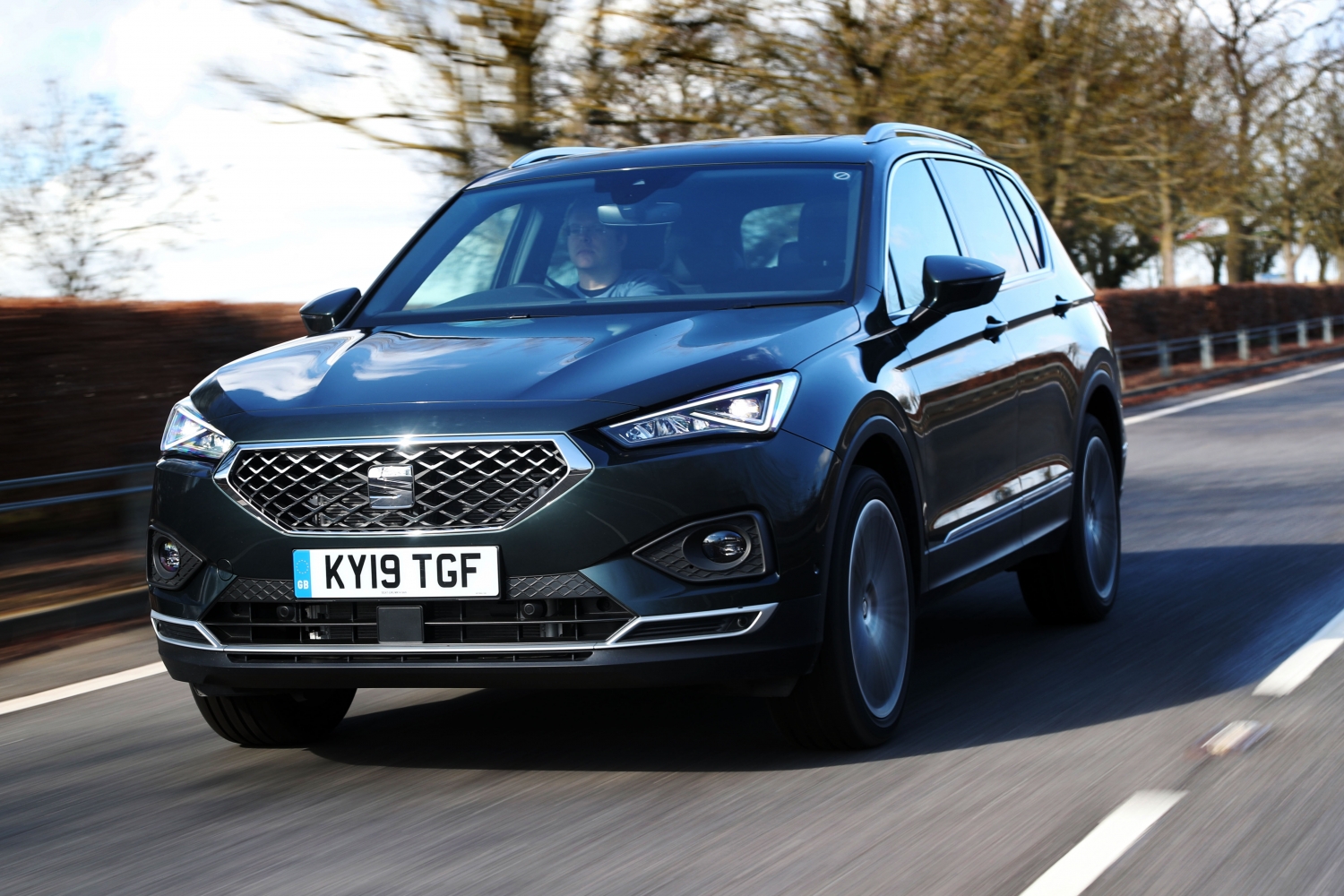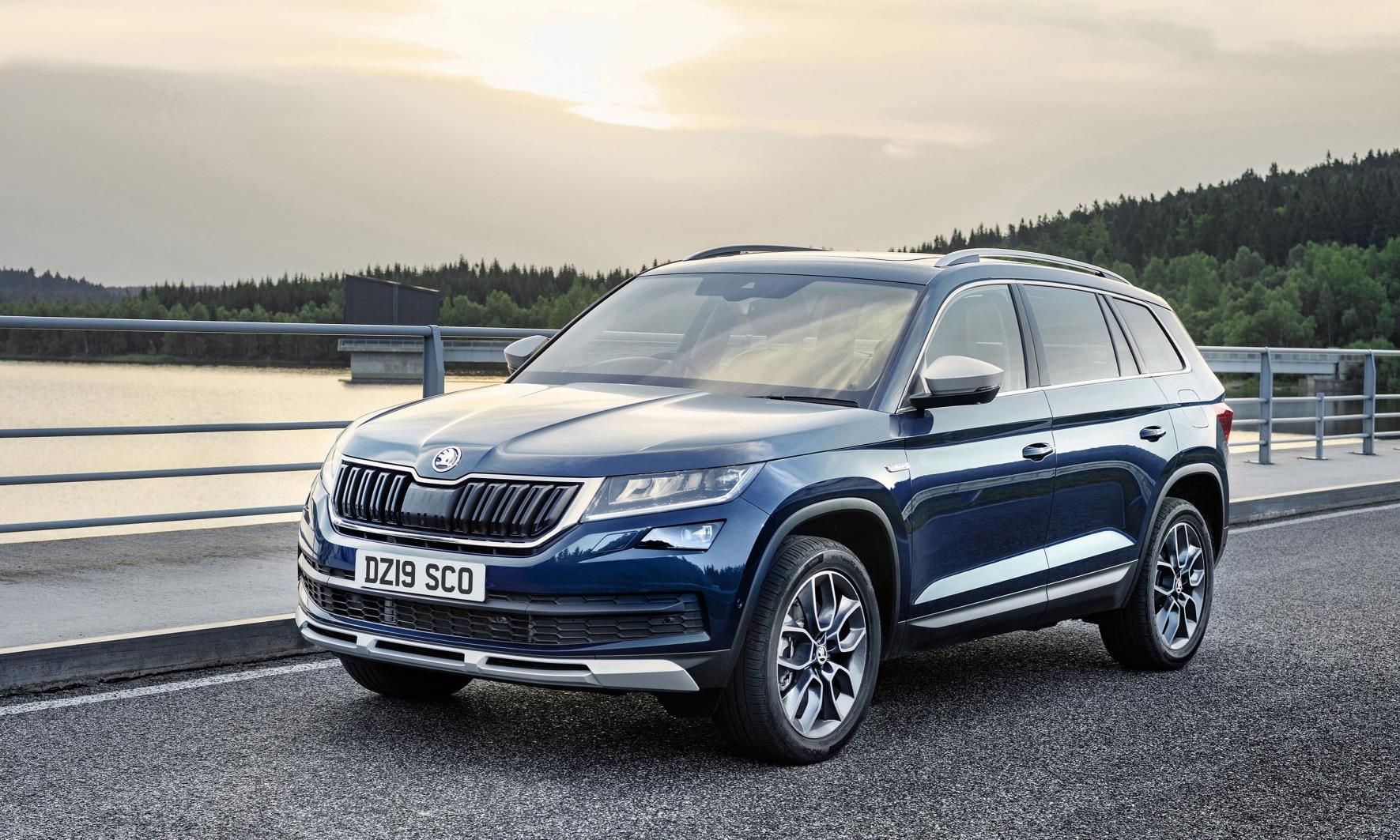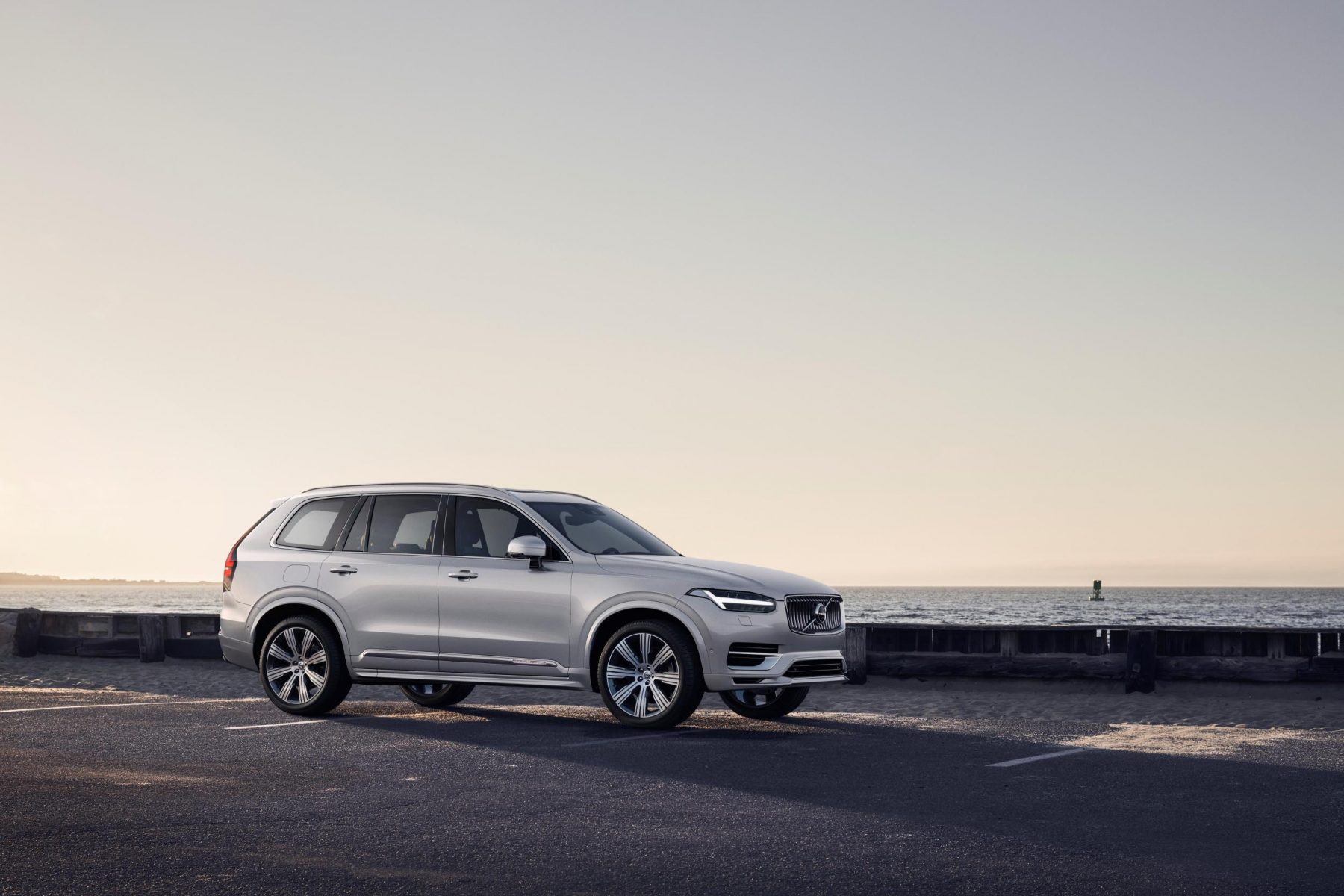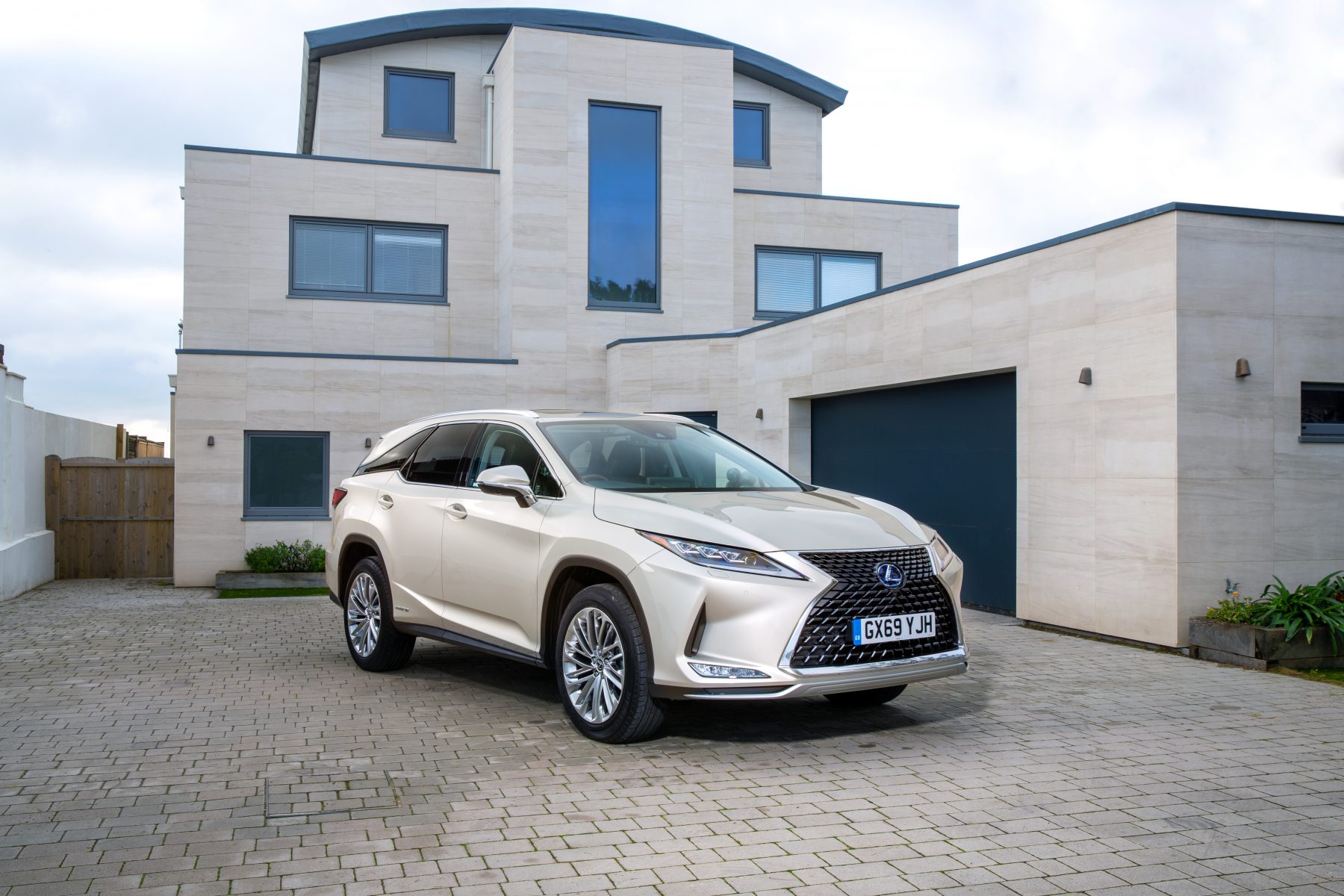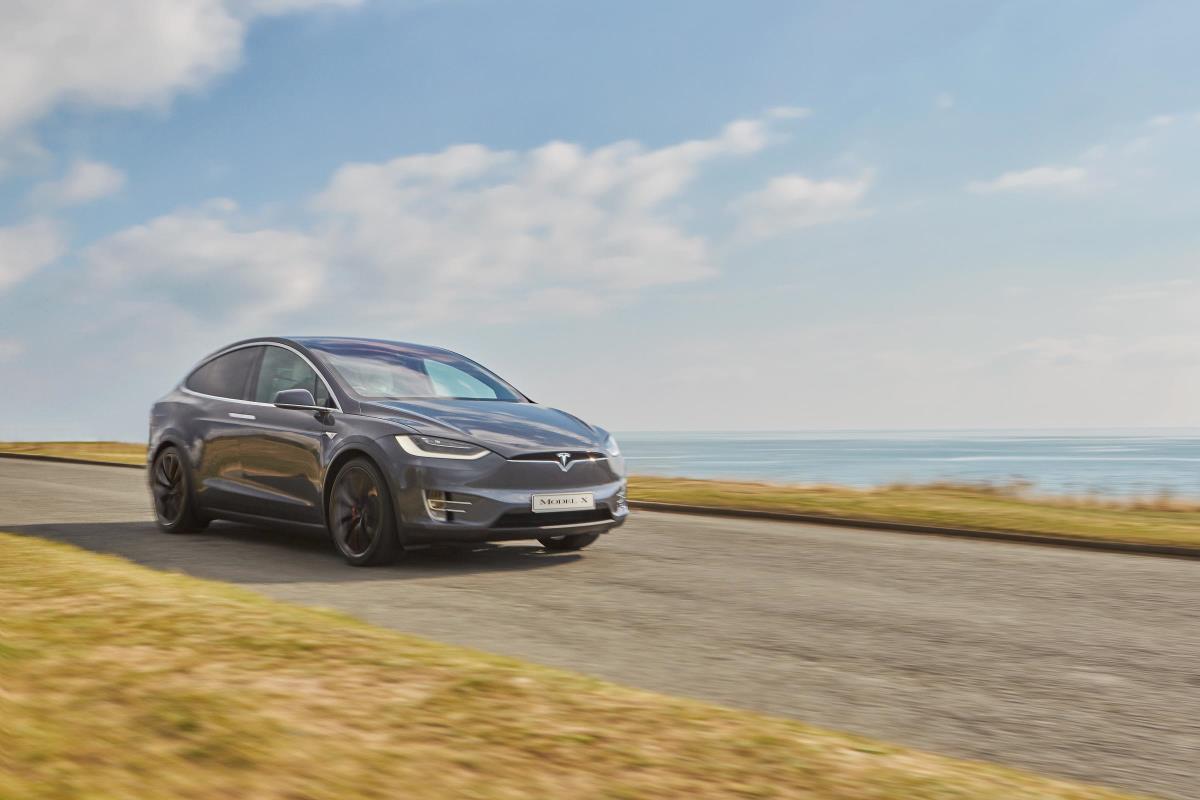The UK has a longstanding history of creating cars. Throughout the years it’s produced all manner of vehicles – both good and bad – in sites across the country.
But with a lot of car manufacturing sites moved overseas, there are fewer vehicles rolling off the production lines here in Britain than before. We’ve looked at some of the car companies which are still building in Blighty.
Aston Martin

Aston Martin is as British as they come, and continues to build its high-end sports and supercars at its plant in Gaydon, Warwickshire. Cars like the DB11 AMR and DBS Superleggera roll out from production lines here.
Aston has also developed a new site based in St Athan, south Wales, where it will be producing the upcoming DBX SUV.
Bentley

Bentley has been building cars in Crewe for many, many years, stretching back to the time when the firm was owned by Rolls-Royce and needed a relatively secluded location – German bomber teams were unlikely to trouble it during World War Two.
Fast forward to the modern day, and Bentley still produces cars like the Continental GT, Bentayga and the upcoming Flying Spur at the Crewe site.
Caterham

When it comes to small-volume sports car manufacturers, Caterham is one of the best-known. Creators of the iconic Seven, Caterham produces some of the craziest and most mad-hat lightweight sports cars around.
They’re made in the firm’s Dartford production site, with each car hand-built on location.
Honda

Honda has been building cars in the UK at its Swindon factory since 1992. It was used by the Japanese car maker to spearhead its supply to the European market, and it’s currently where the Civic hatchback is built.
However, Honda announced last year that the factory would be closed down in 2021, citing ‘unpredecented changes in the global automotive industry’ and a need to switch its electrification strategy towards markets where consumer demand is higher.
Lotus
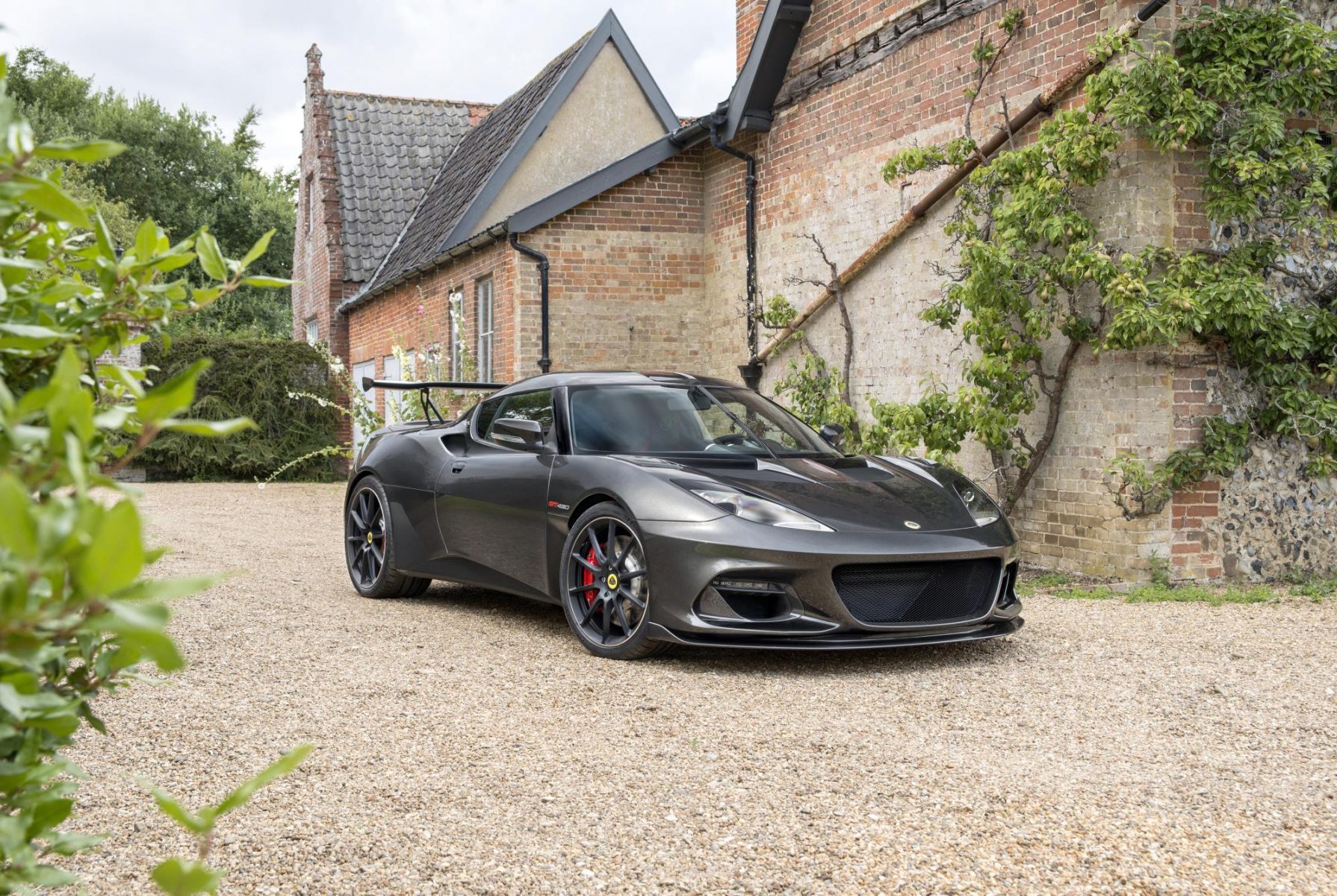
Lotus follows a similarly lightweight ethos to Caterham, but has started producing more grown-up, road-friendly cars from its site in Hethel, Norfolk. The iconic Elise is still produced, as well as more hardcore versions like the Exige and the larger Evora.
It’s also building a 1,972bhp electric hypercar called the Evija – and that too will be built in Hethel.
Morgan

Traditional craftsmanship doesn’t come any more old school than at Morgan, a company which has been creating sports cars by hand since 1909. Based in Malvern, Worcestershire, it still uses traditional methods to build its vehicles.
But that doesn’t mean Morgan is afraid of the modern age. Its latest car – the Plus Six – uses an all-new turbocharged straight-six engine from BMW, and even features – shock horror – LED headlights.
Jaguar Land Rover

Jaguar Land Rover is rooted in the UK, with its main operations taking place in Halewood, Solihull and Castle Bromwich. Creating cars like the Land Rover Discovery Sport, Range Rover Sport and the Jaguar F-Type, it employs thousands and creates thousands of cars, too.
Though recently rocked by several announcements of job losses, it remains one of the UK’s most well-known car manufacturers.
LEVC
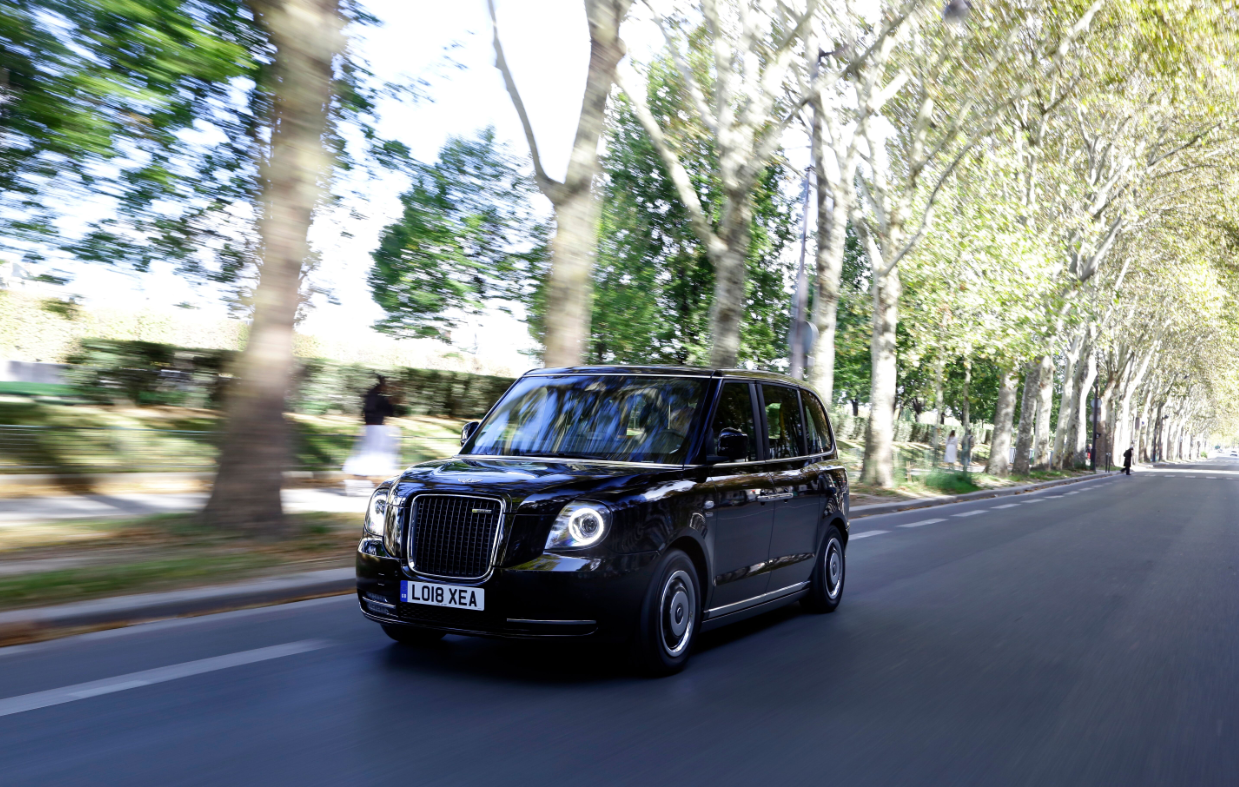
The London Electric Vehicle Company is based in Coventry, where it creates the current electric black cab. A common sight in many cities and towns, the black cab has been brought into the modern age by LEVC through its hybrid-electric powertrain and high-tech cabin.
Owned by Chinese company Geely, the London Electric Vehicle Company first started building cars in Coventry back in 2017.
McLaren

McLaren Automotive is based out of Woking, Surrey, where it creates some of the sharpest supercars on the road today. Cars like the 720S, 675LT and GT are all crafted in a clean, almost lab-like production facility.
Back in 2017 McLaren announced the creation of a new Composites Technology Centre, where the firm’s carbon-fibre chassis will be made. It’s due to fully open this year.
Mini
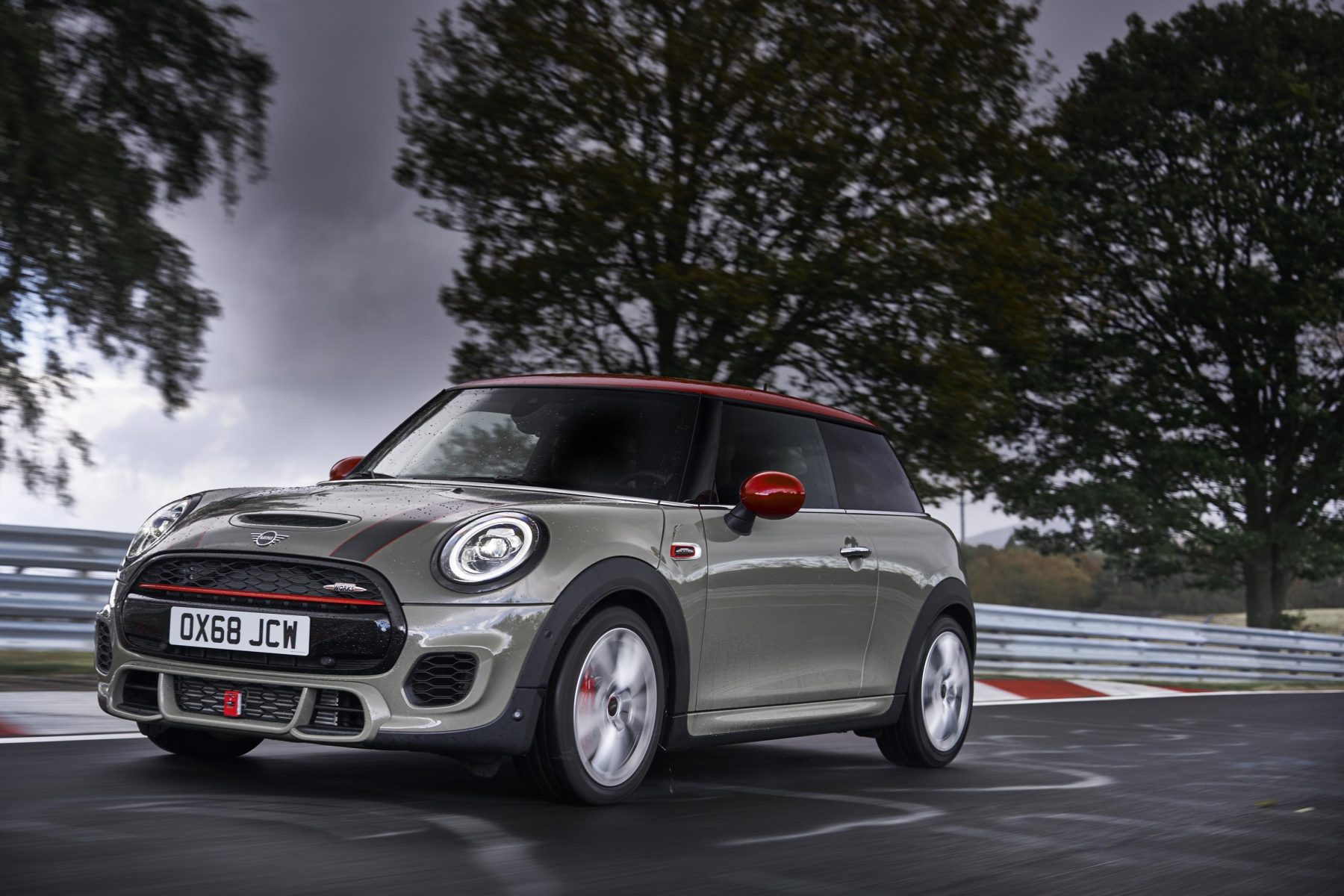
The original Mini was British born and bred, but the BMW-made remake managed to stay on our shores too. Built in Oxford on the site that was previously owned by British Leyland, the company produces both the Mini hatch and the Clubman estate.
They arrive alongside other Mini products that are produced at the firm’s secondary location in Bonn, in the Netherlands.
Nissan
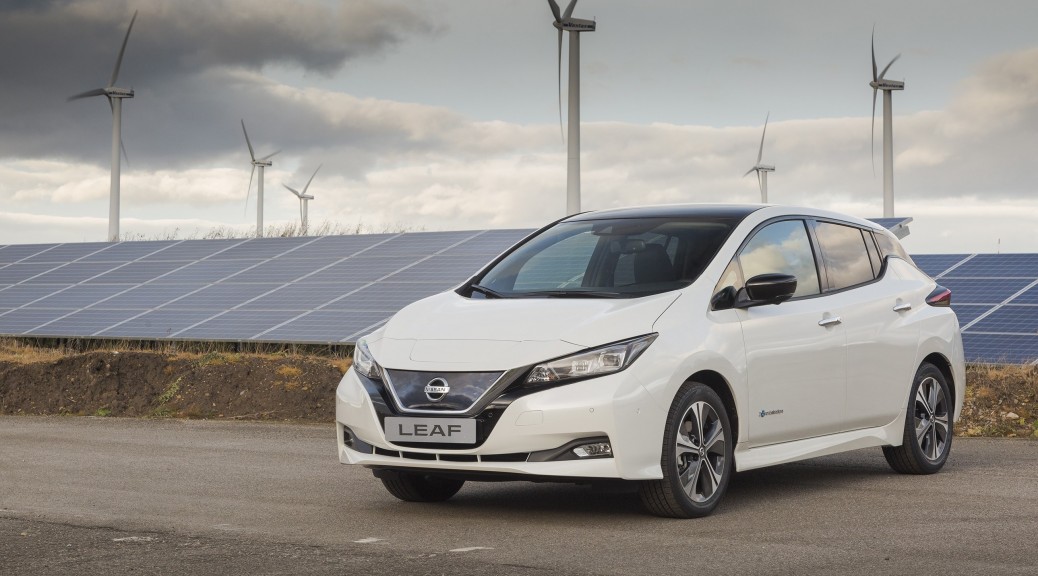
Nissan’s huge Sunderland plant accounts for one in every three cars that are built in the UK, building over 400,000 vehicles alone. It’s a hugely influential site, where cars like the Qashqai, Juke and all-electric Leaf are created.
There’s a fair amount of uncertainty surrounding Nissan’s future in the UK – and the future of the Sunderland site – but for now, models are still rolling off the production lines.
Vauxhall
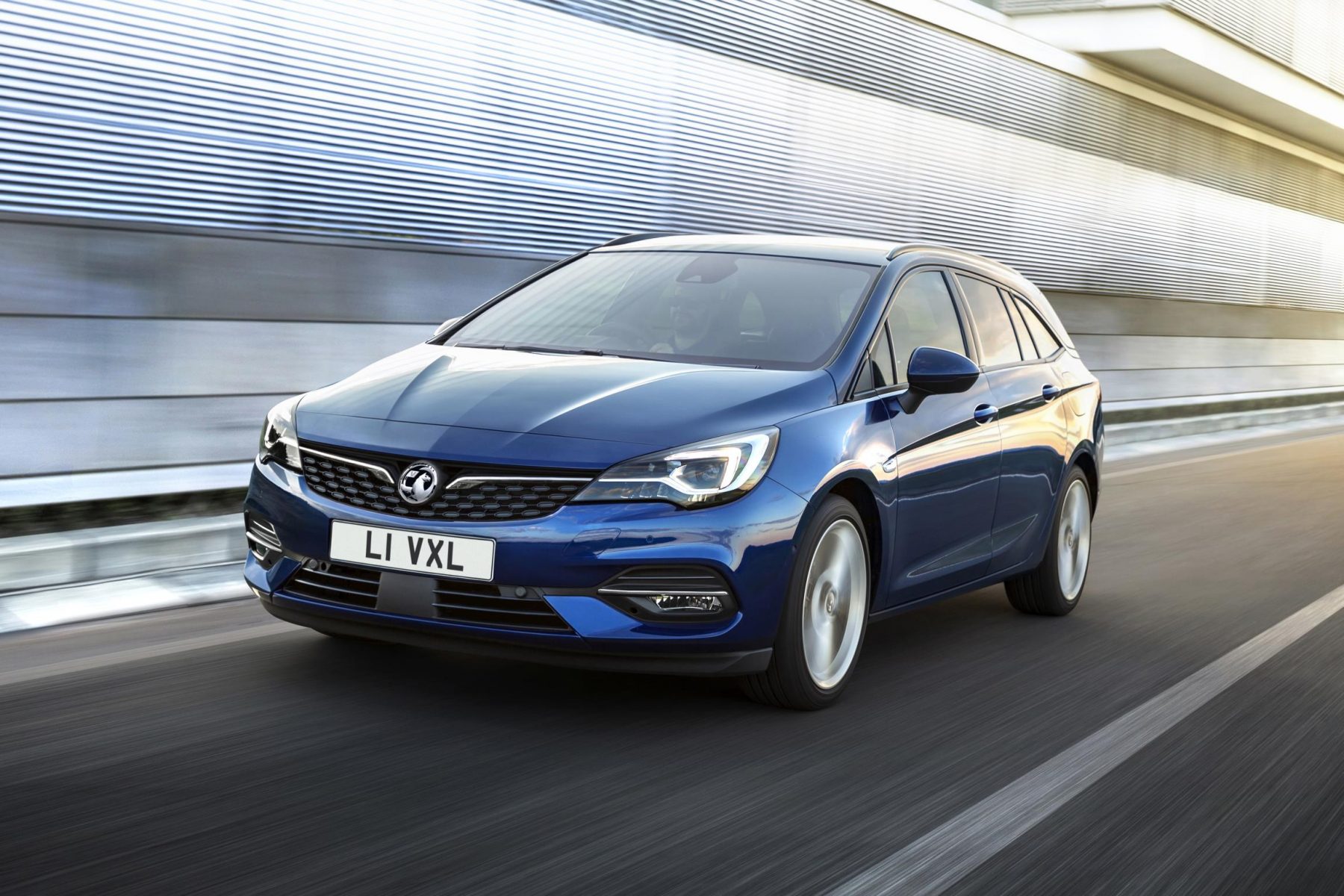
Vauxhall is another UK-based car manufacturer that has been clouded with uncertainty following the country’s decision to leave the EU. However, the Ellesmere Port site continues to produce the Astra – one of the UK’s most popular cars.
Sadly, the production of the Astra Estate has been moved away from Ellesmere Port to Russelheim, meaning that things aren’t plain sailing for Vauxhall’s involvement in the UK just yet.
Rolls-Royce
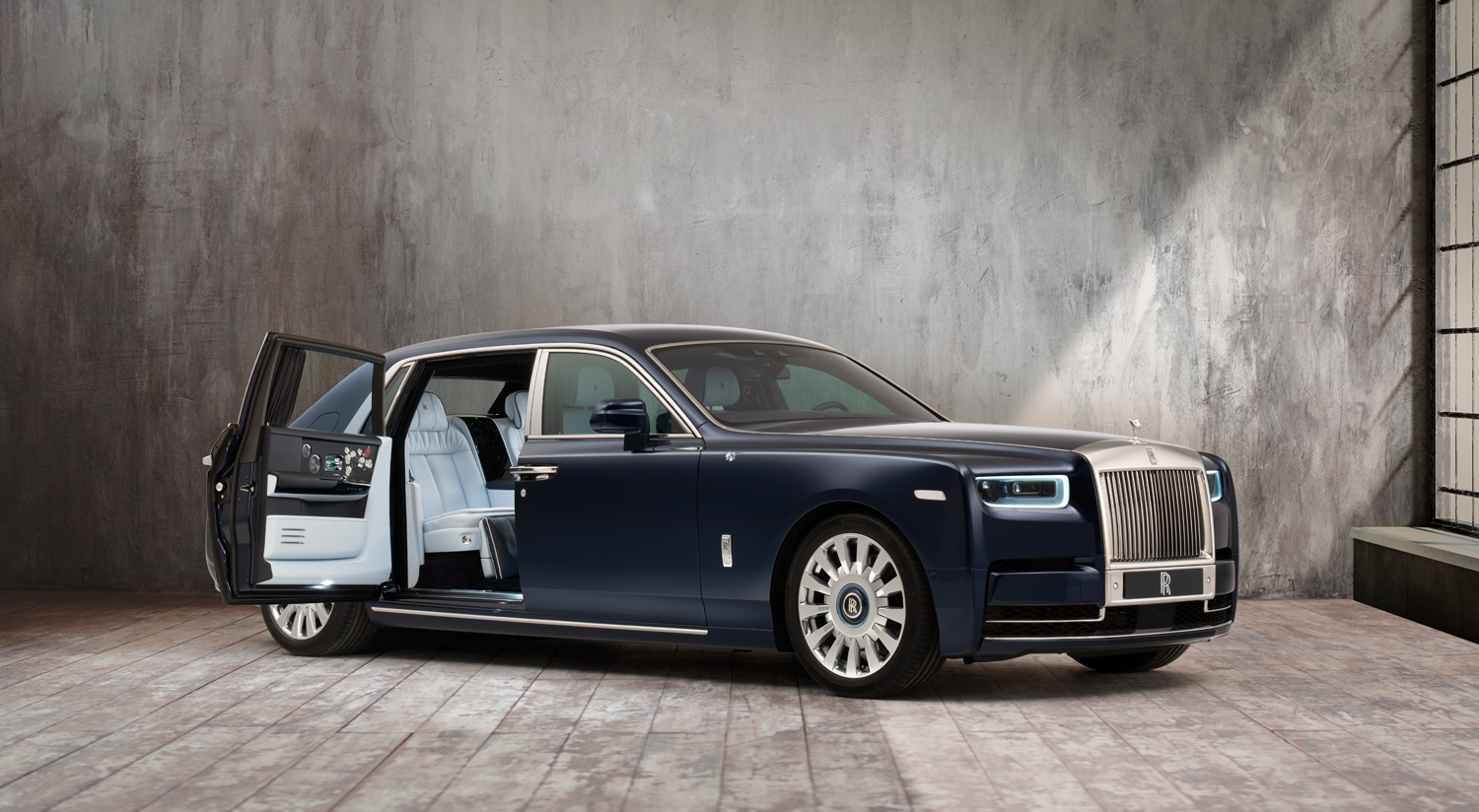
Another brand that’s synonymous with being British, Rolls-Royce has its headquarters within the grounds of another British motoring icon – the Goodwood Estate.
The luxury car manufacturer built a new factory near Chichester in the south of England, which opened in 2003, and has been building tailor-made cars such as the Ghost, Phantom, and new Cullinan SUV ever since.
Toyota
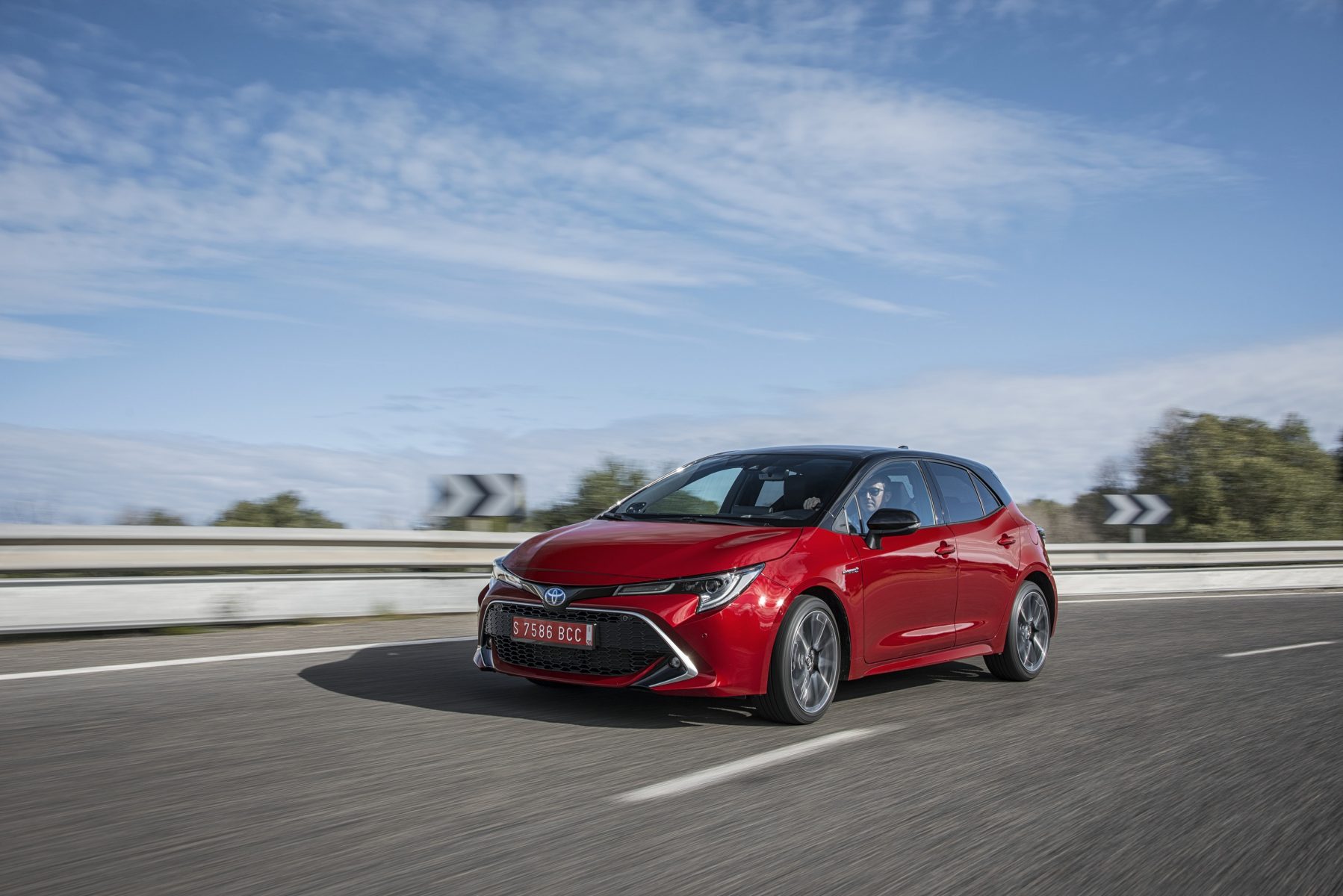
Another Japanese car manufacturer with important manufacturing bases in the UK is Toyota, which has a vehicle manufacturing factory in Burnaston, Derbyshire and an engine manufacturing plant at Deeside, North Wales.
In the vehicle plant, Toyota builds the Corolla Hybrid, Corolla Hatchback, Corolla Touring Sports and the conventional Corolla.


